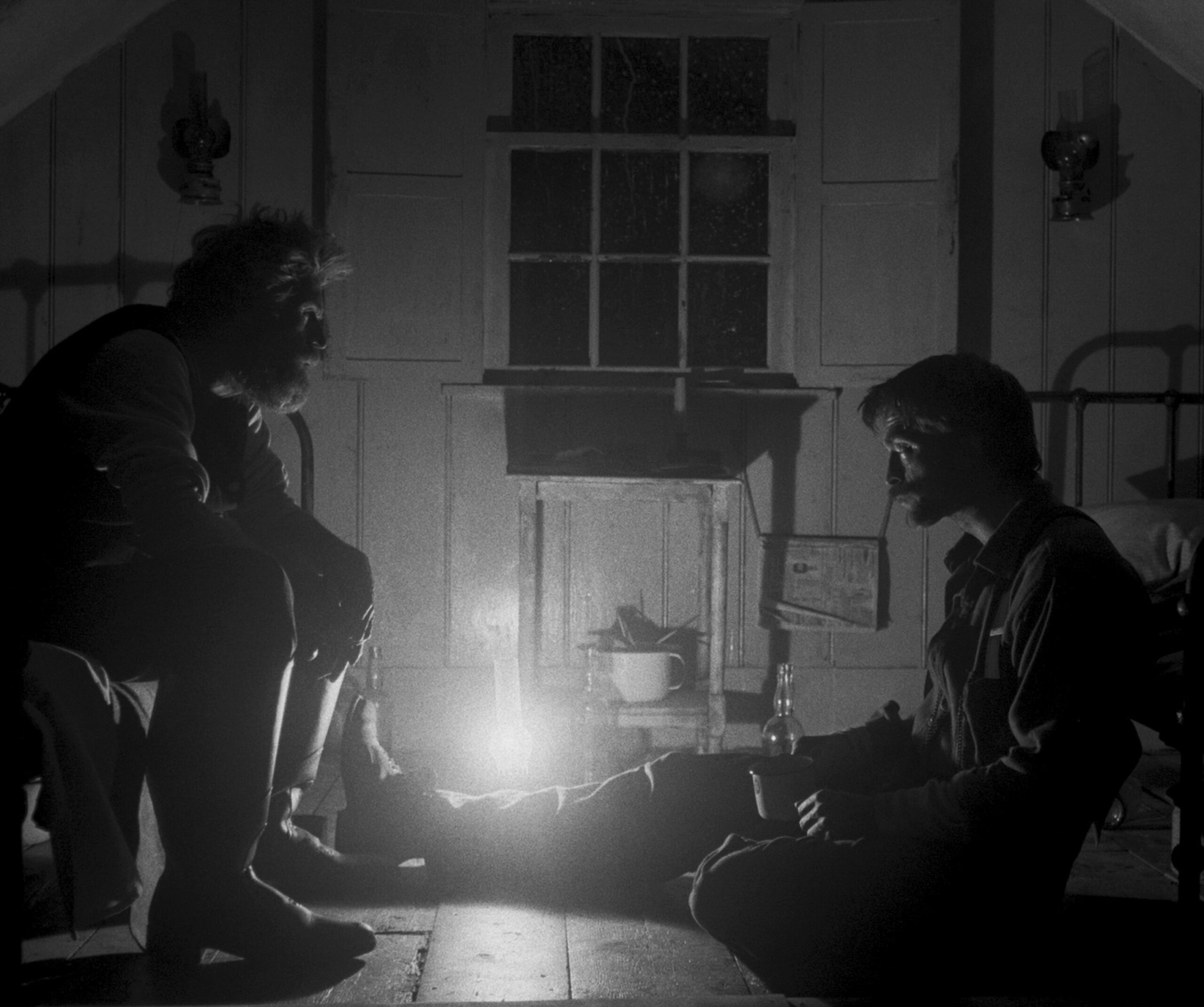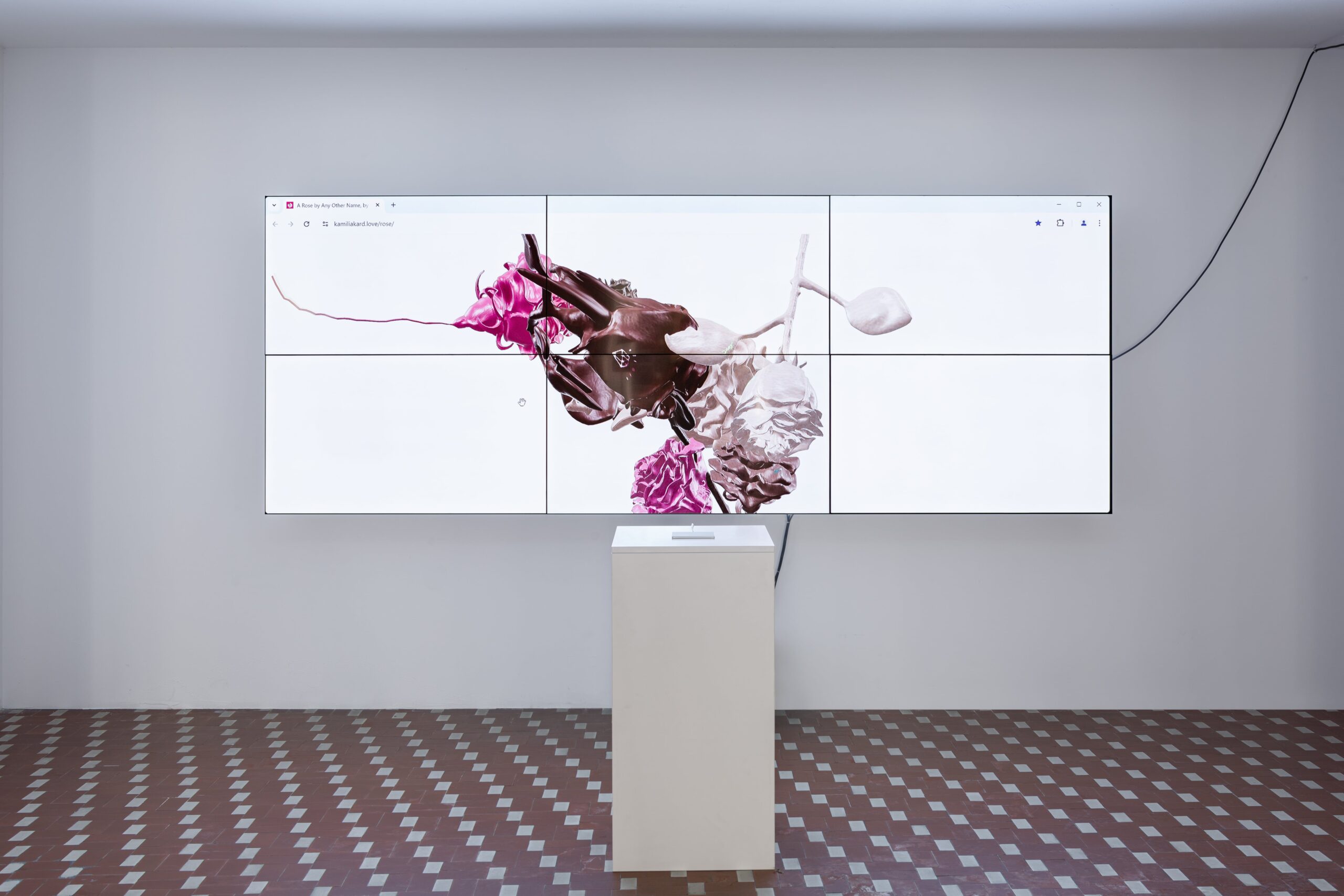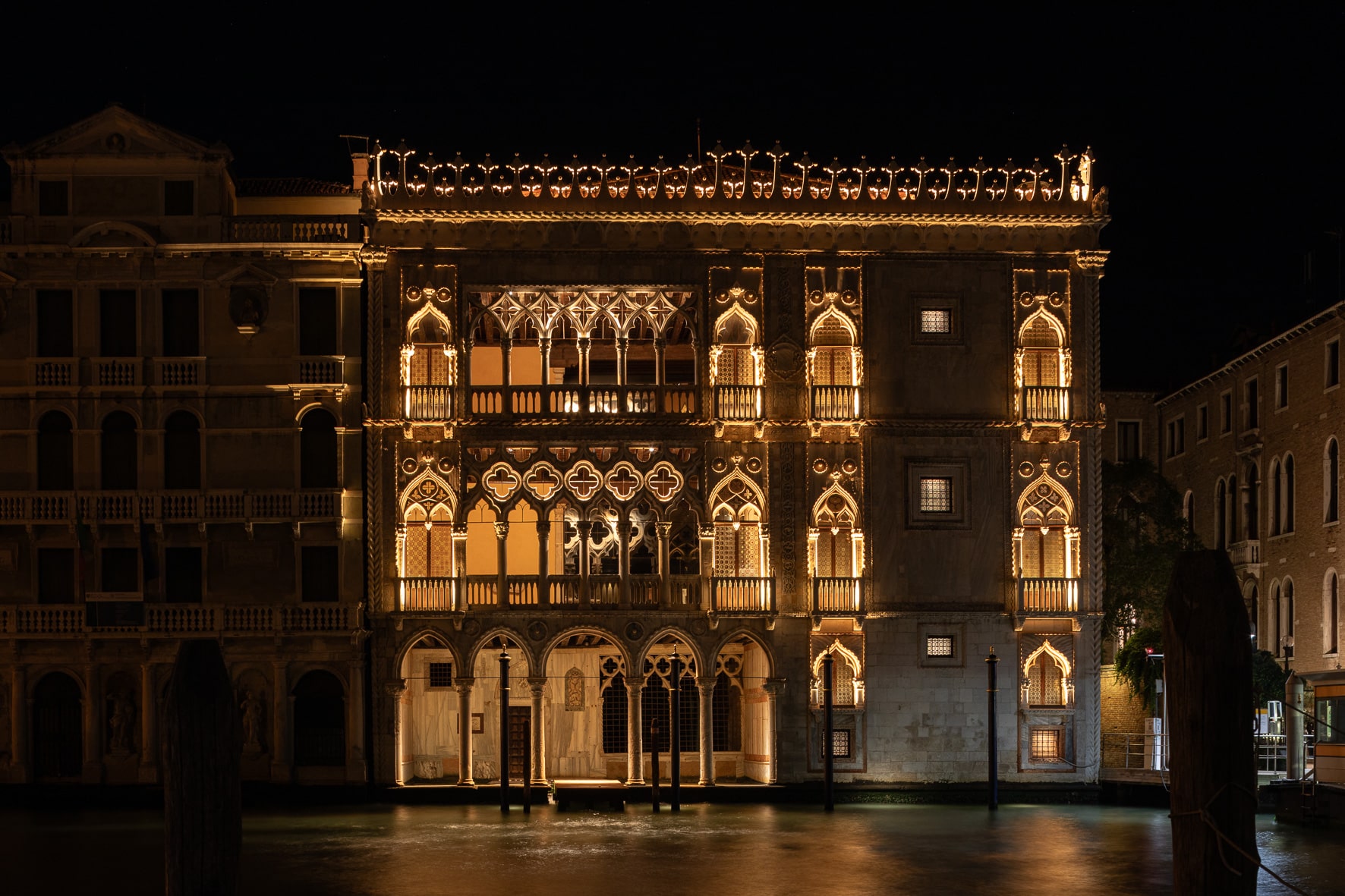When lighting a home, there are areas that tend to be underestimated and end up being underlit, overlit or having too much contrast. A professional redesign of lighting, however, can improve the look of the entire house, both aesthetically and functionally. Let’s have a look at these areas and how they can be highlighted by rethinking their lighting.
1. Bathroom mirror
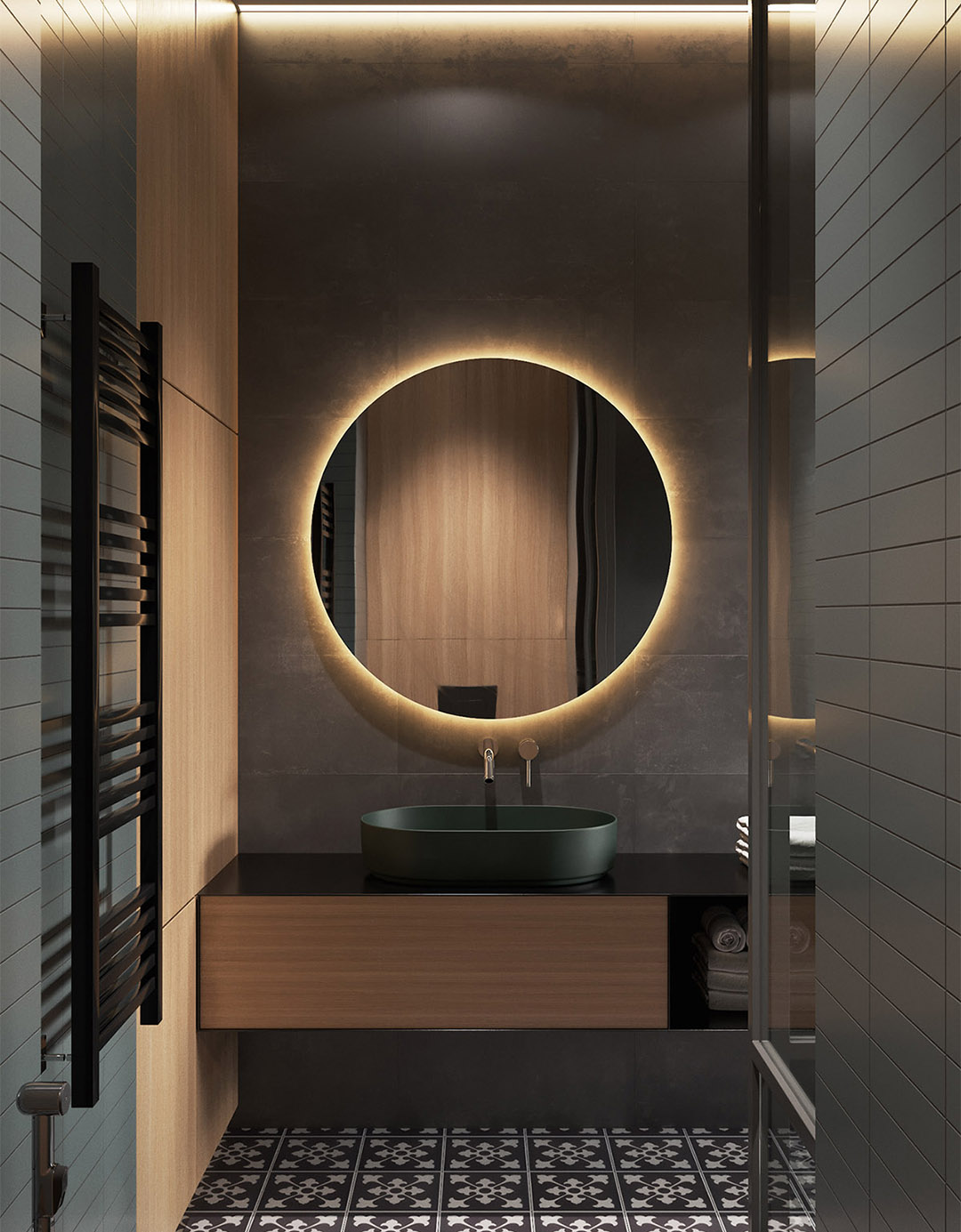
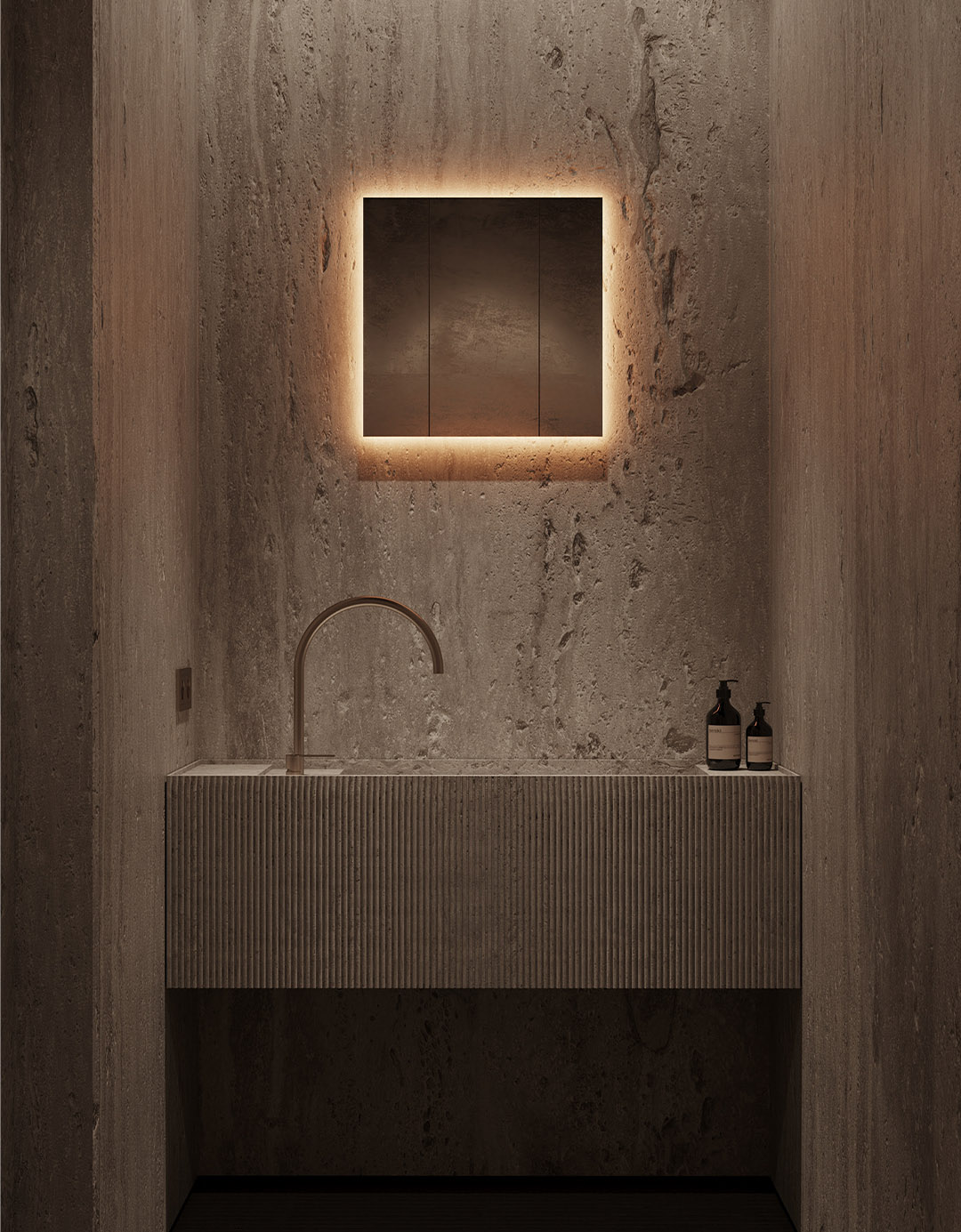
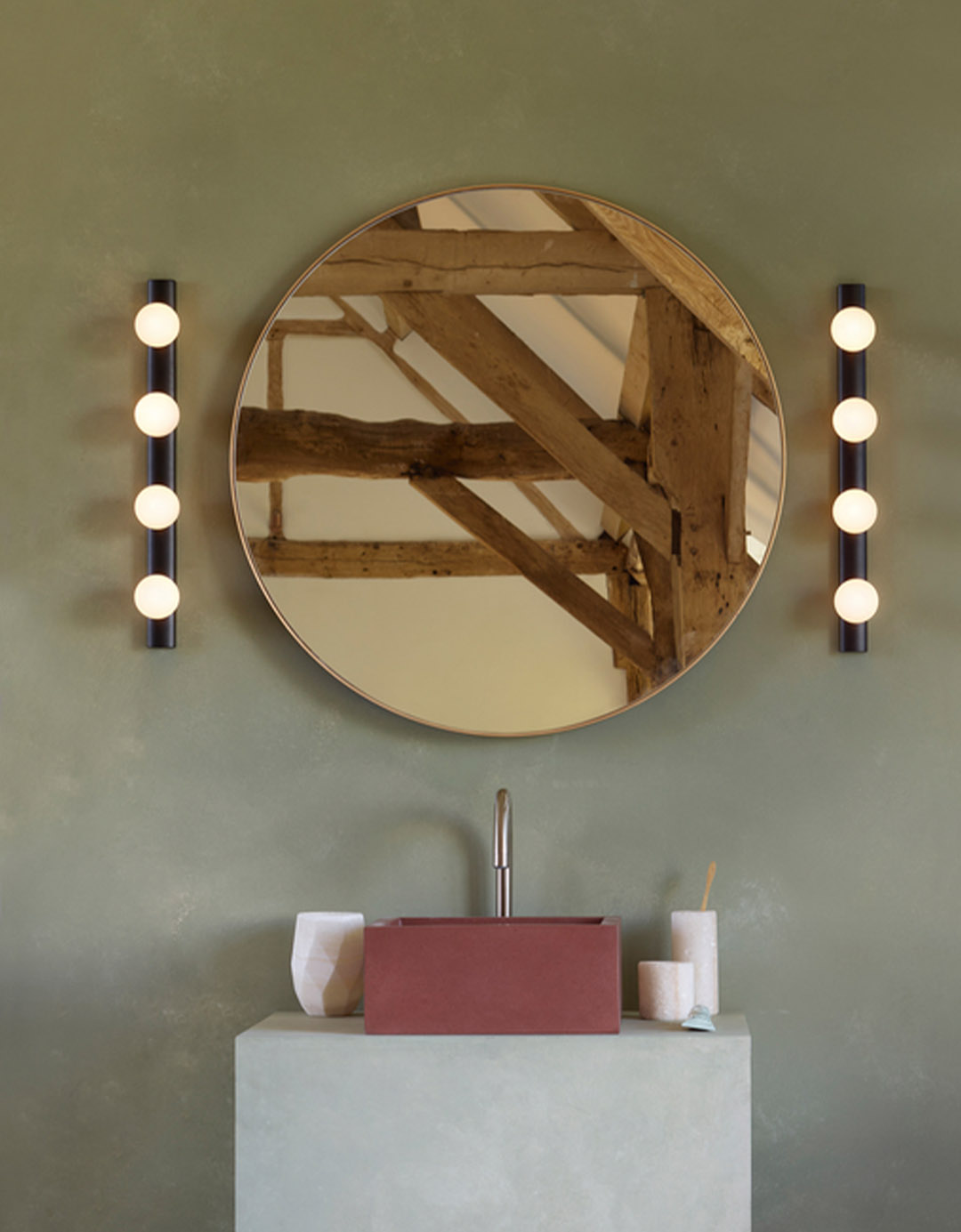
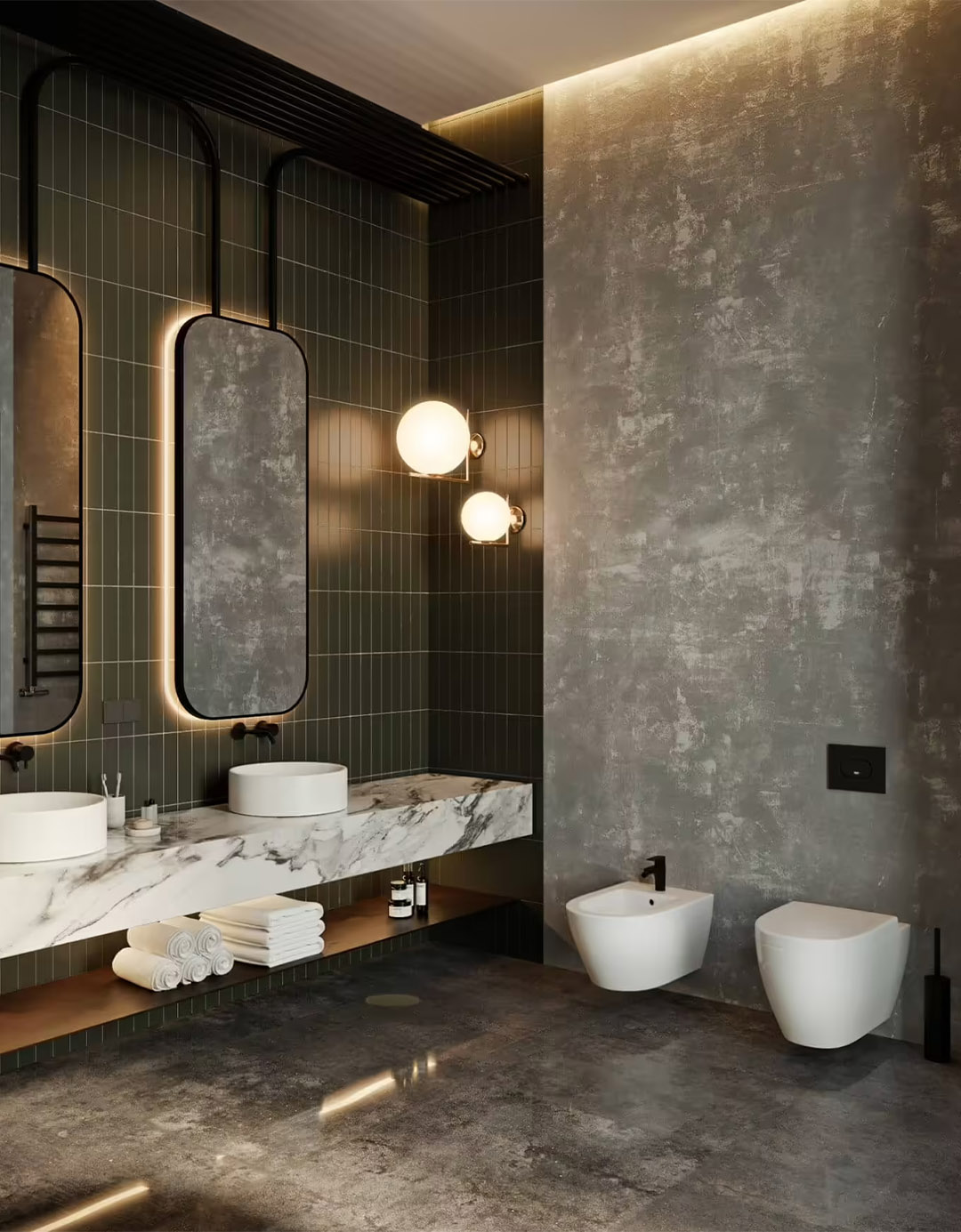
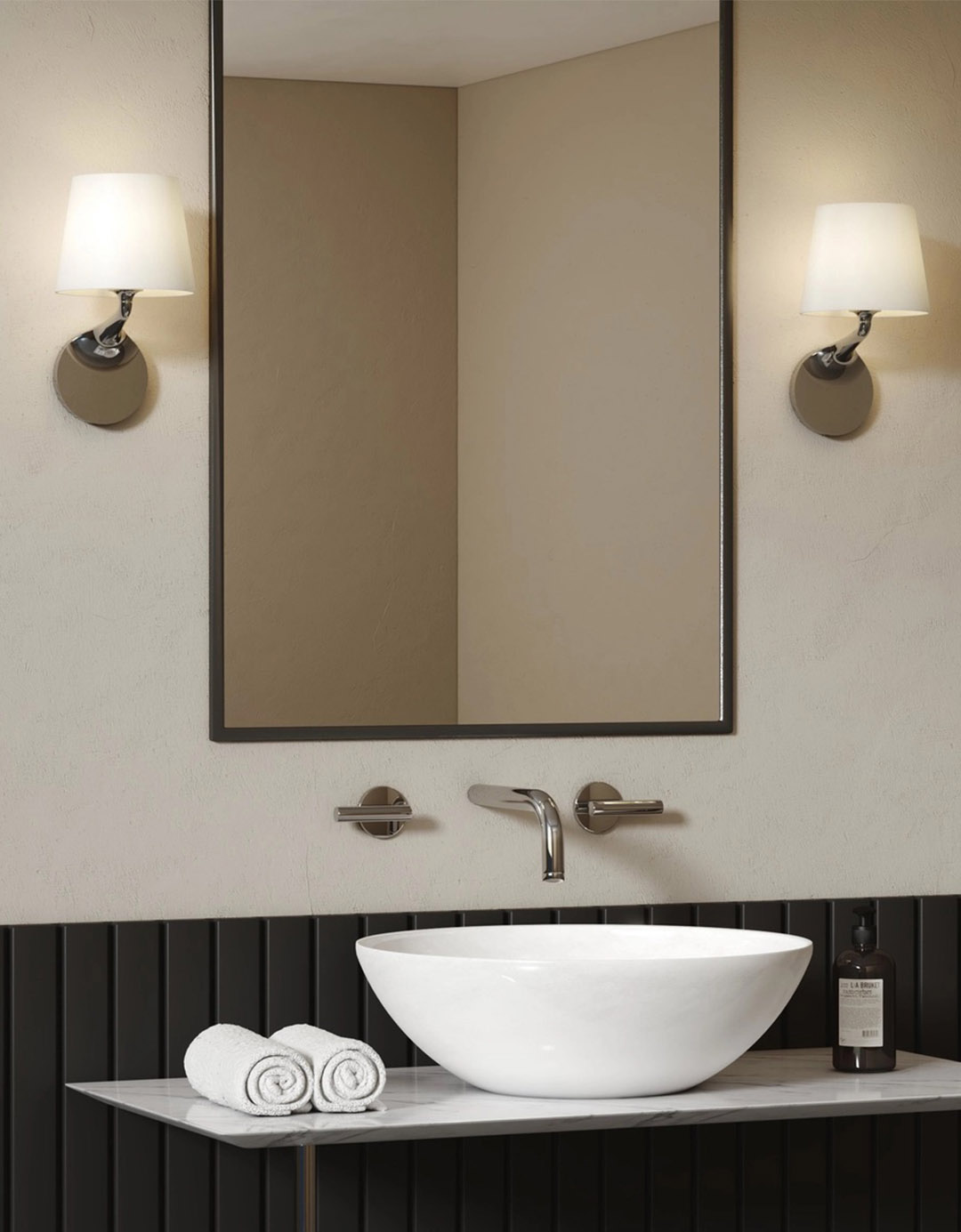
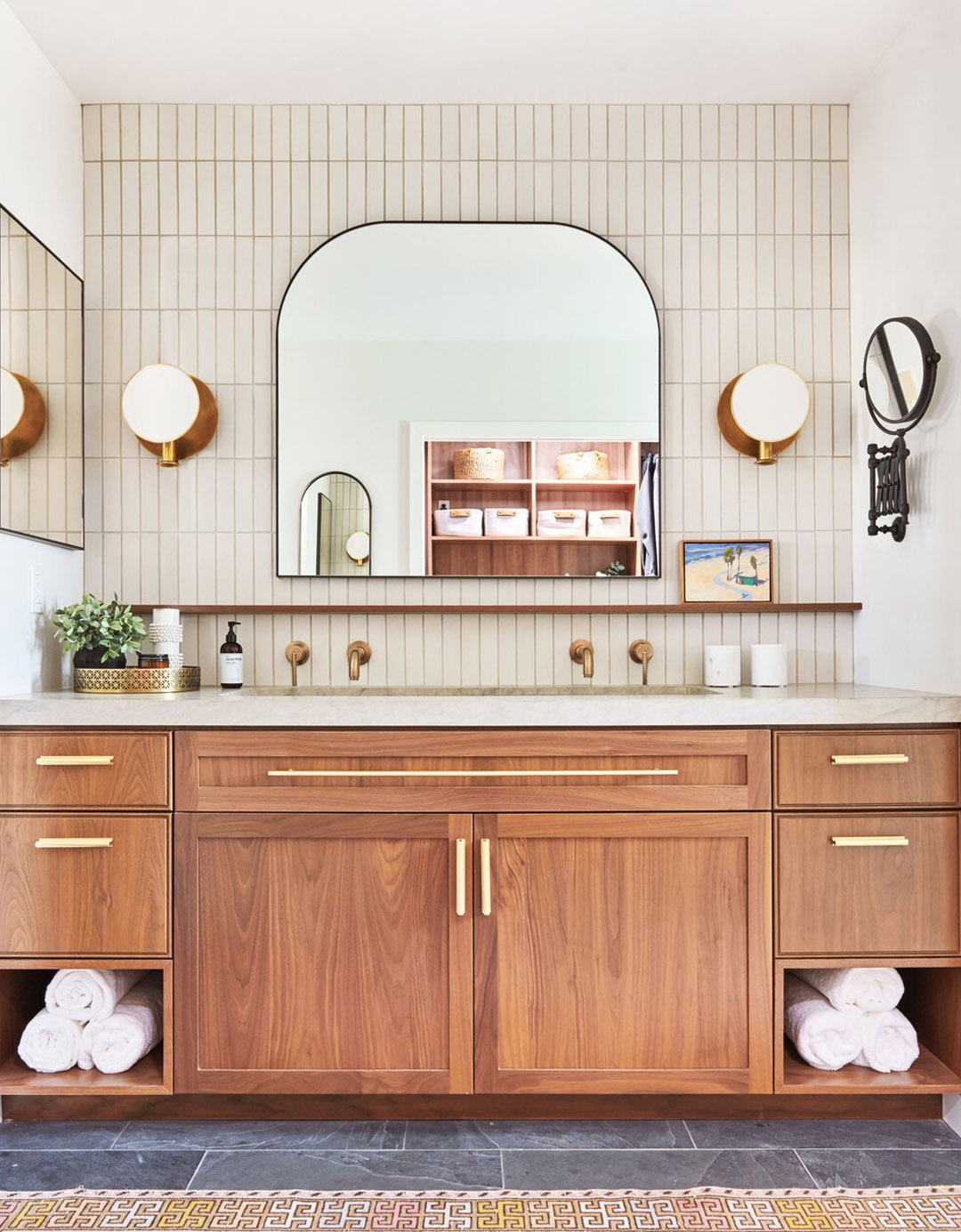
2. Stairs
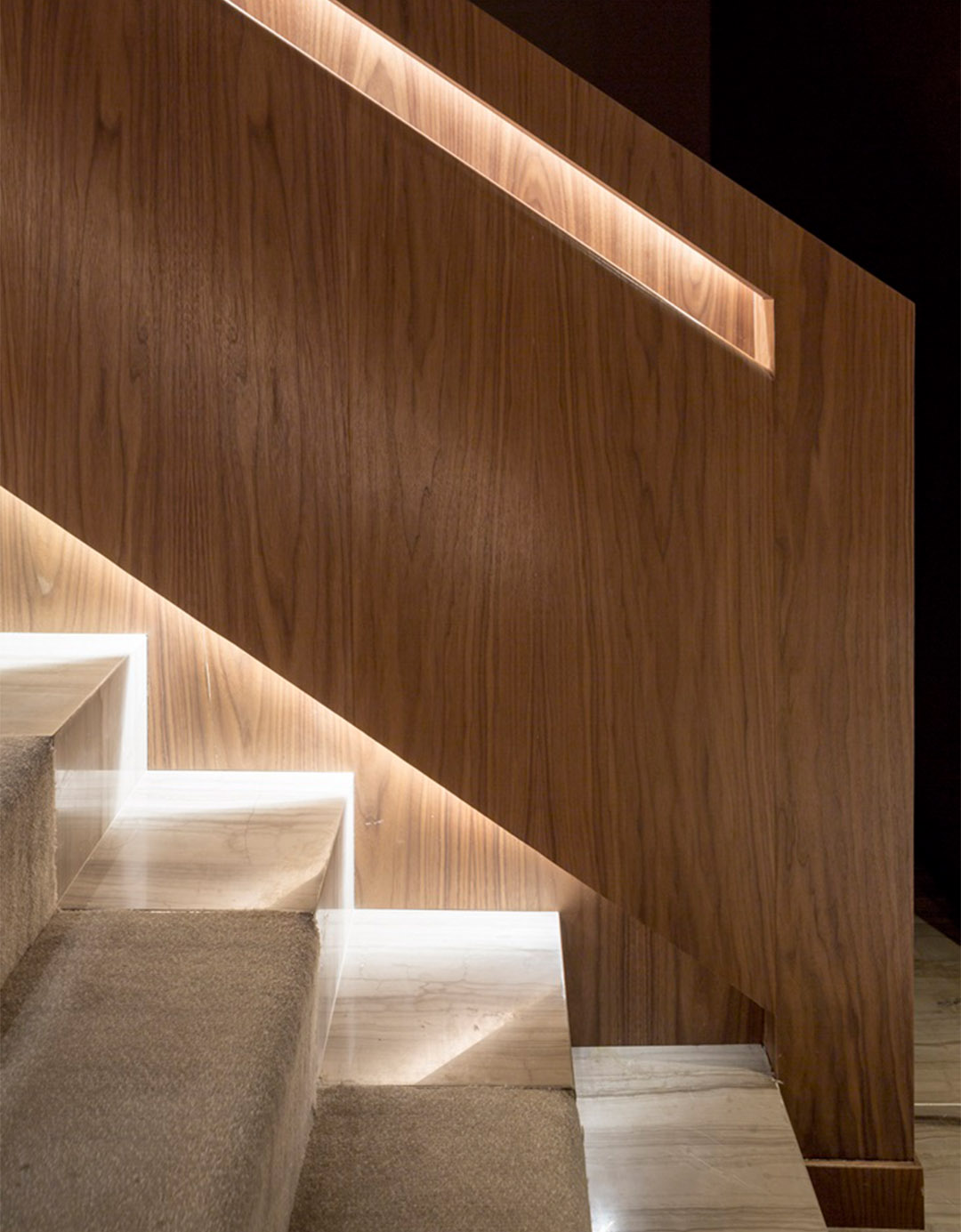
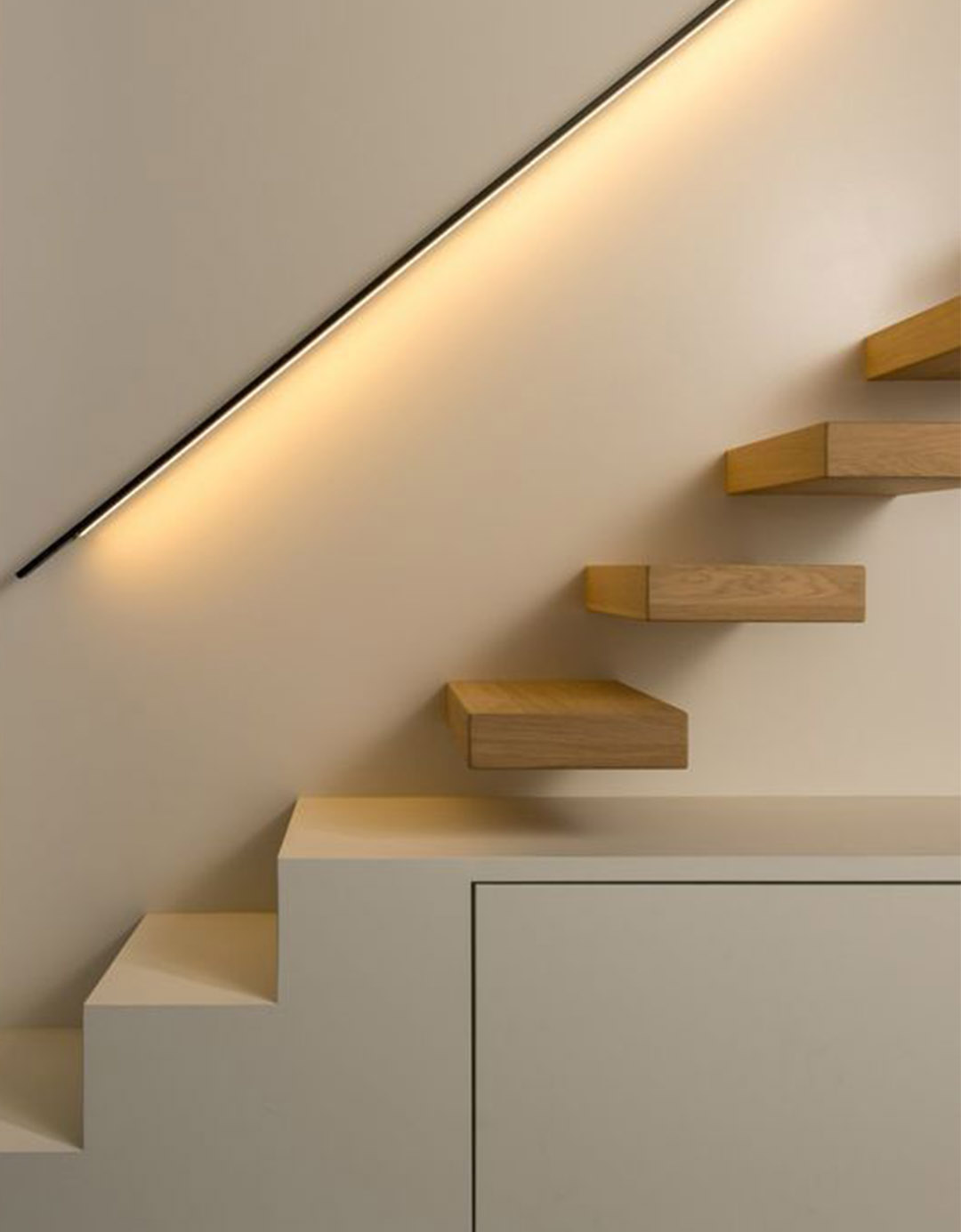
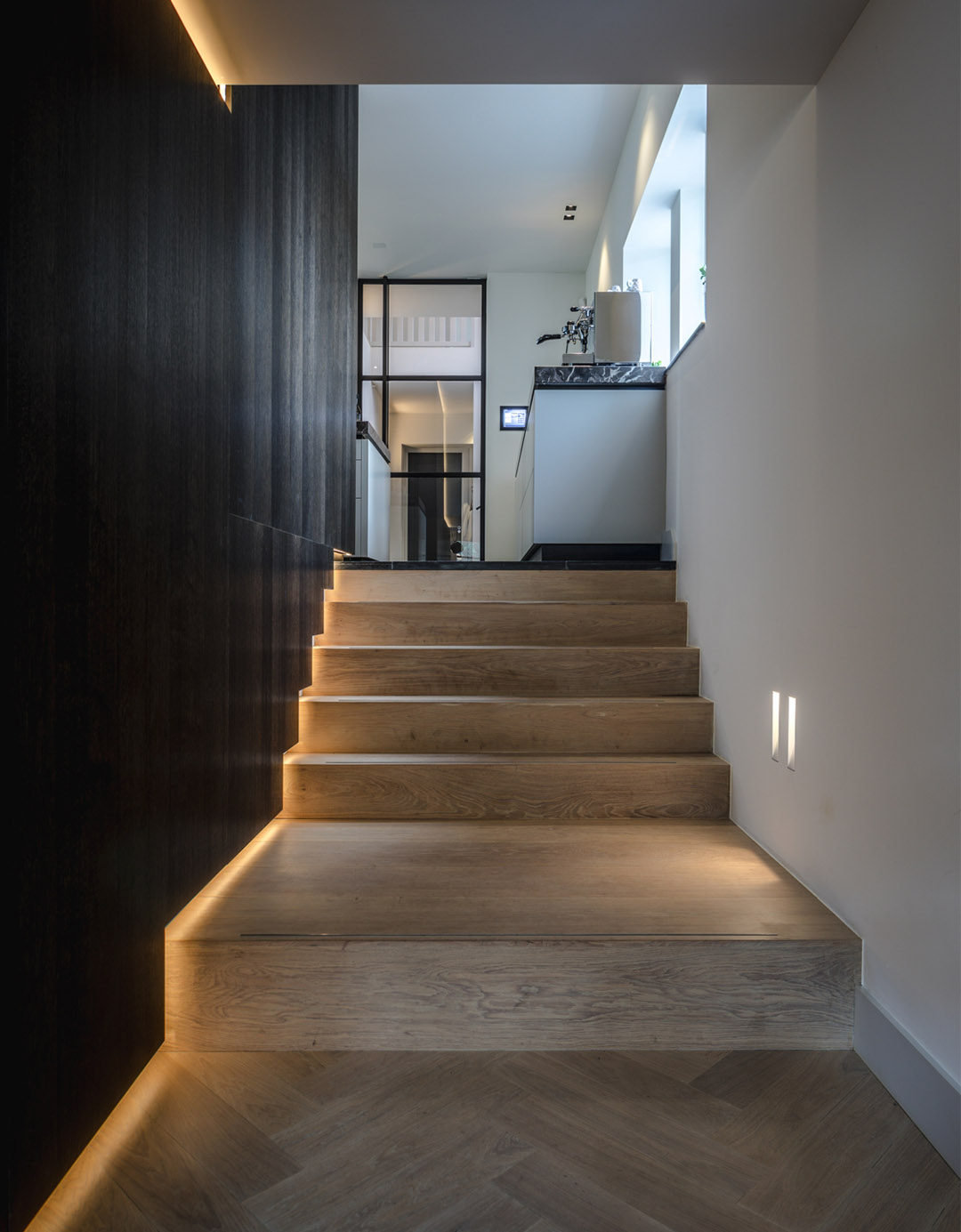
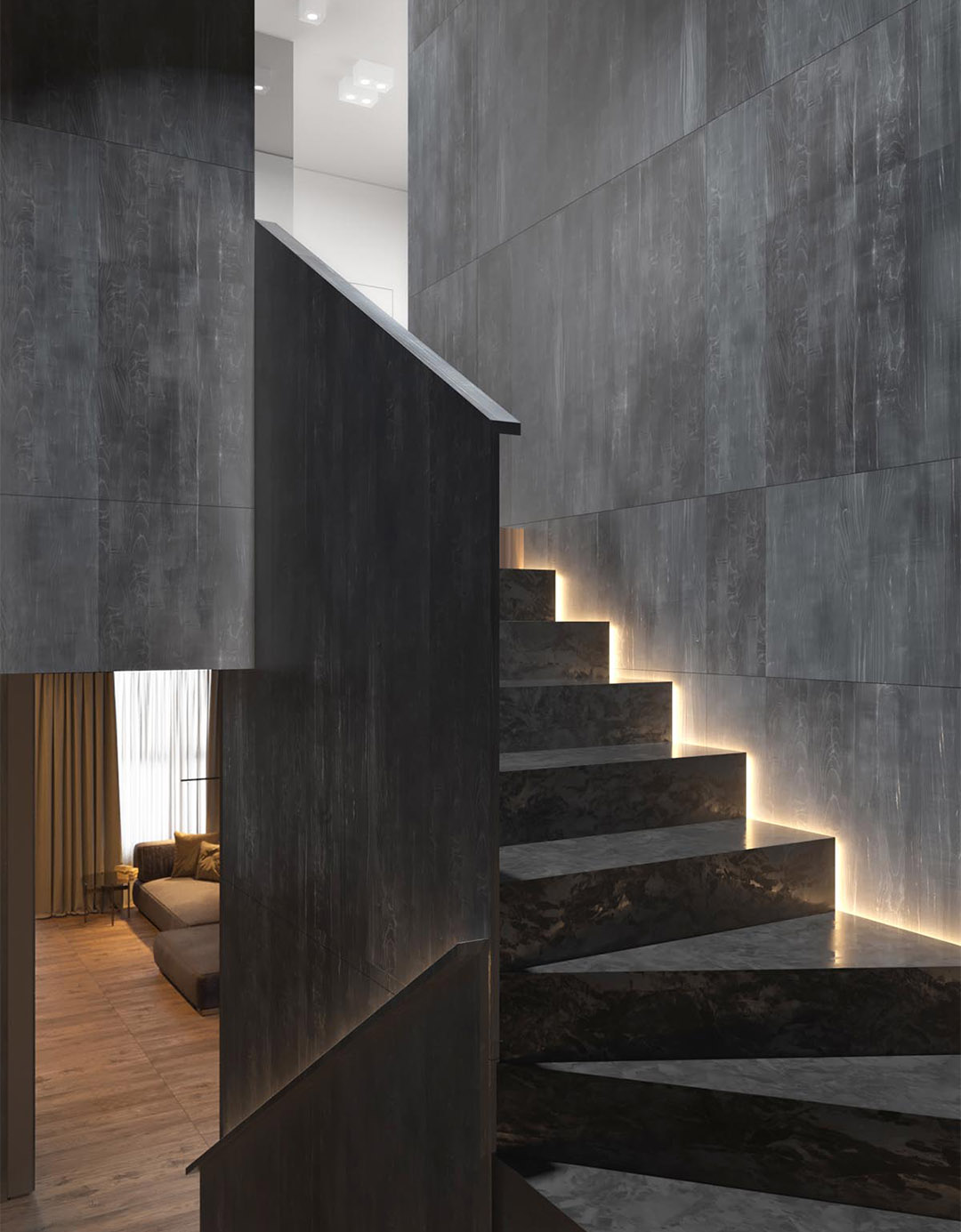
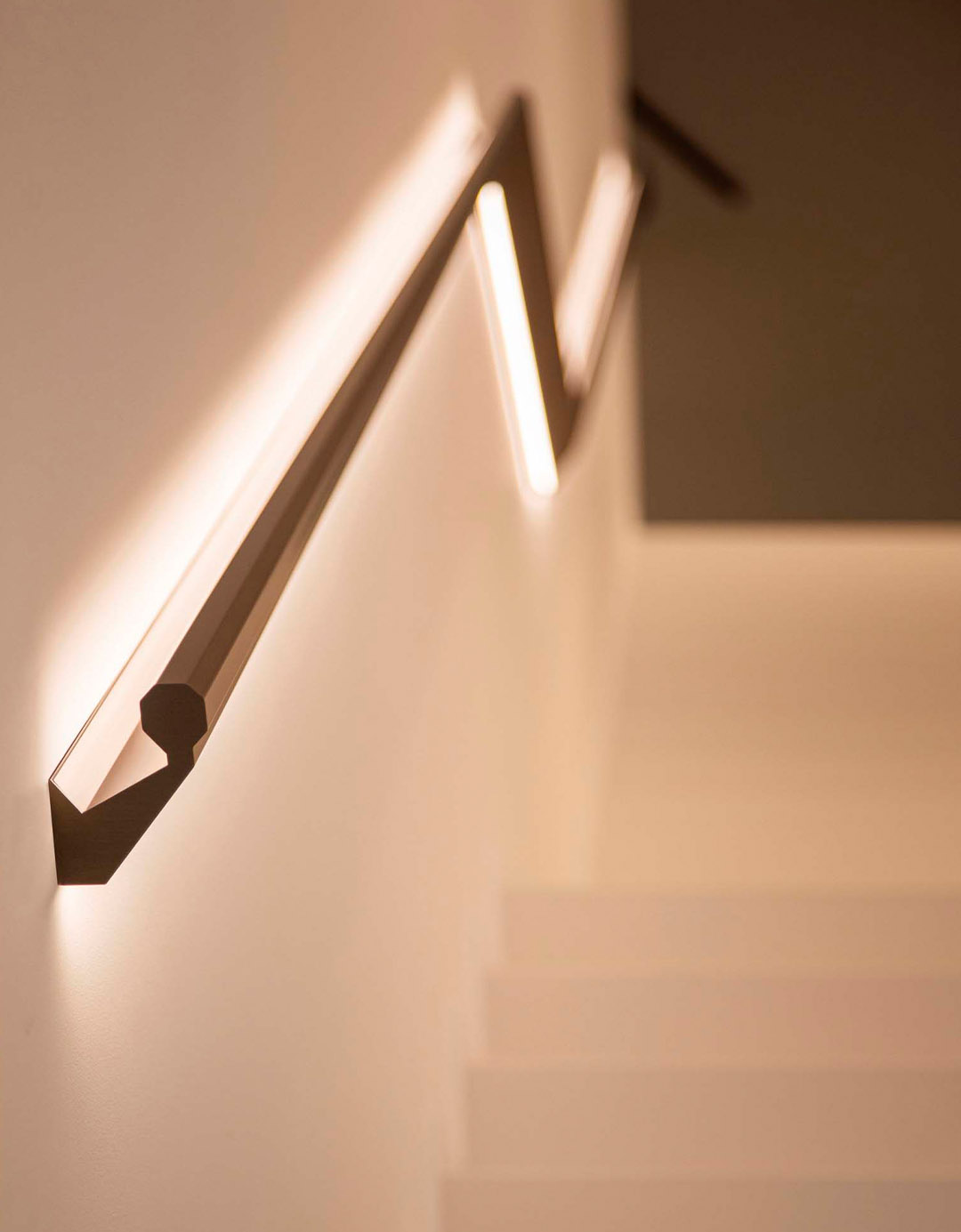
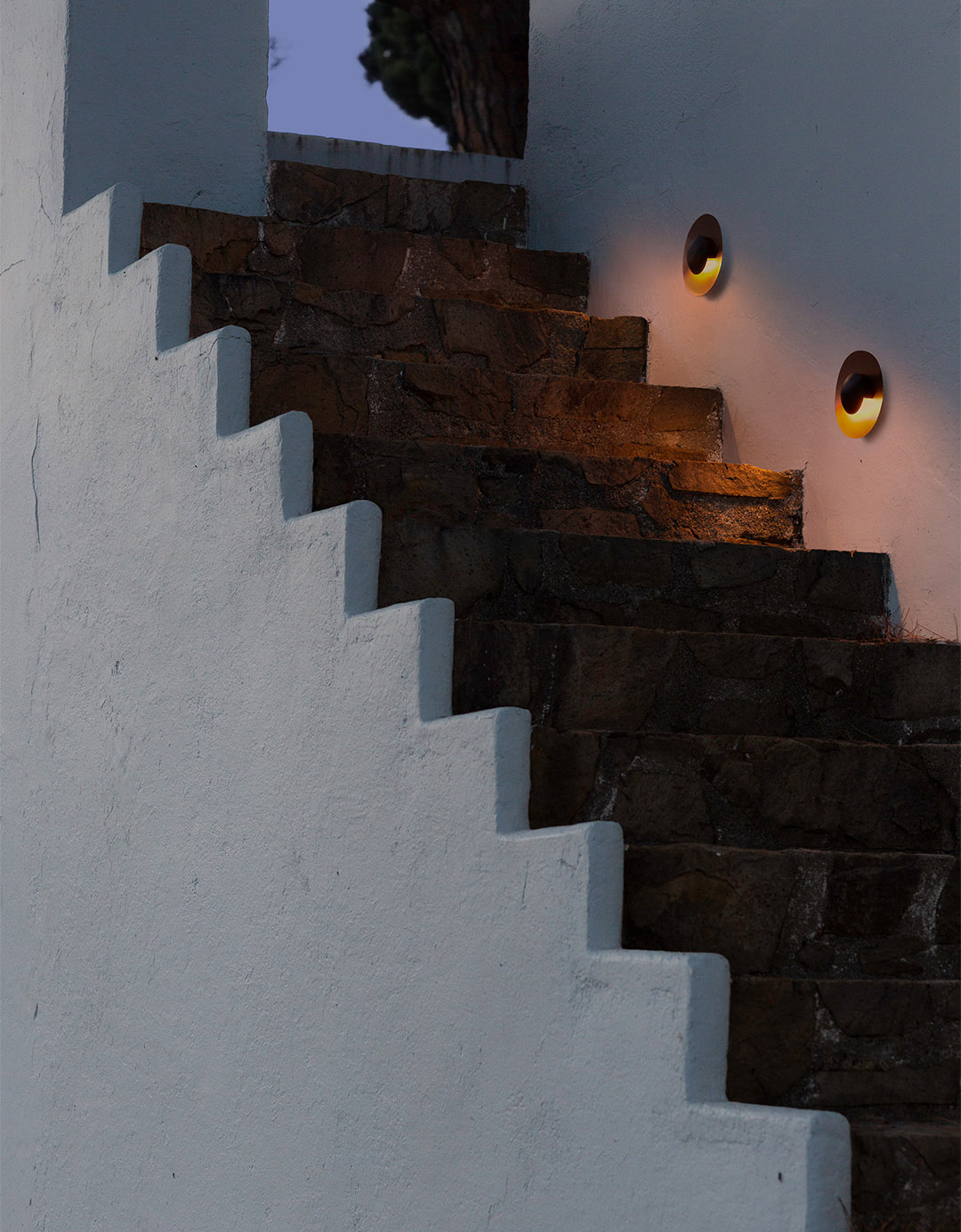
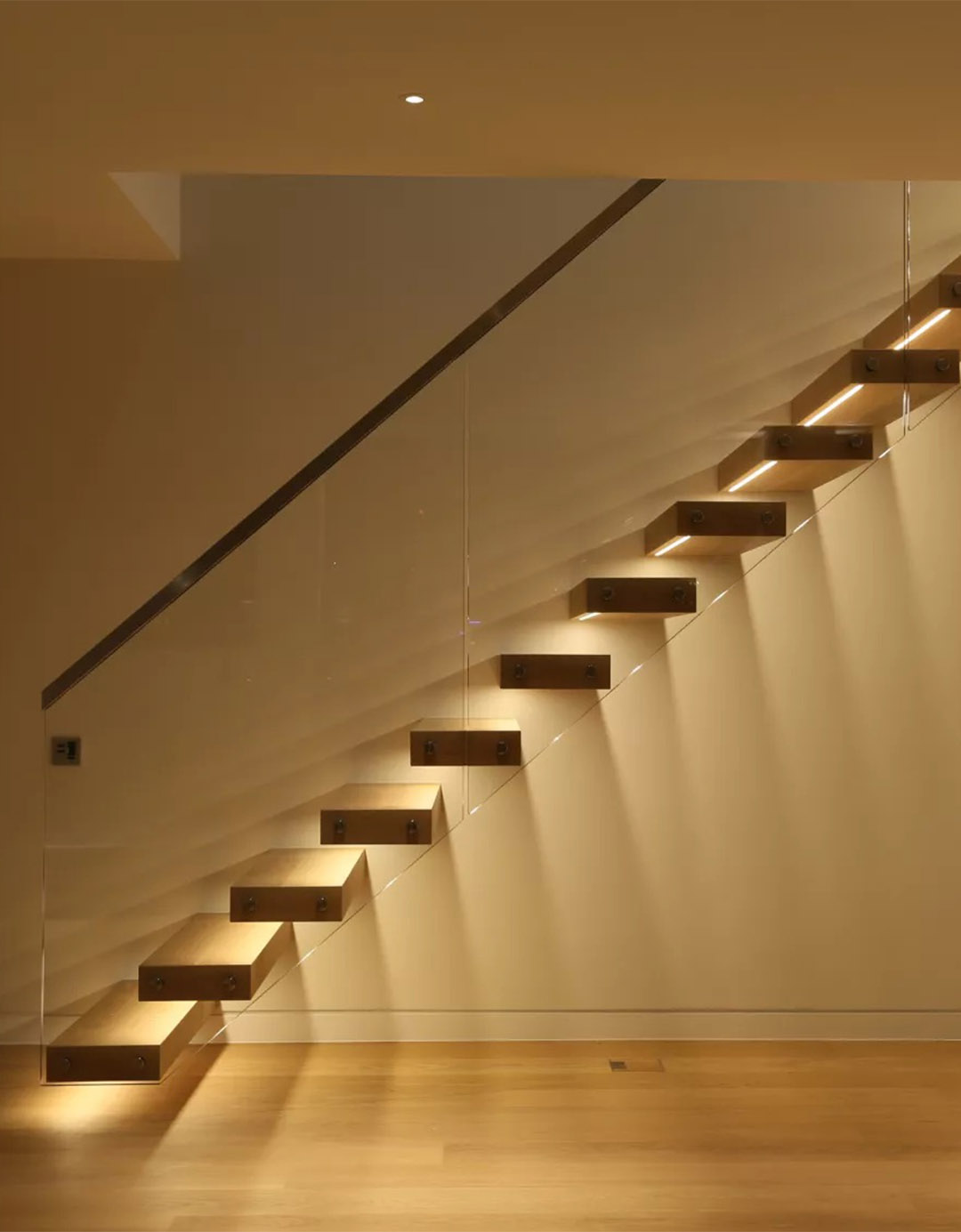
The first and foremost concern when designing a staircase lighting scheme is with safety, since the steps should be visible from any angle regardless of ambient light conditions. This said, there are lighting options that do not sacrifice aesthetics: for example, a concealed contour strip on the side of the staircase provides an interesting accent light which casts a beautiful glow along the pathway, giving the stair a wider appearance.
One option is to bury led strips underneath the lip of each step; this way, the light source is hidden but light is reflected on the surface, ensuring excellent visibility. Another option is recessed lighting in the steps or, if not possible, recessed low-level lighting on the wall about 1 foot above each step, thus illuminating where it is needed the most.
Another interesting option is a led light along the banister or railing, which emphasises the silhouette and articulates the directionality of the stairs, though the staircase area will probably require added lighting to prevent stumbling. In the picture, for example, the continuous handrail light is echoed by a led light source along the steps whose light shines perpendicularly on the marble, which seems to emit a glow.
Another, less obvious choice for lighting a staircase would be pendant or hanging lights, but they should be hung at least seven feet above the surface so that they are not in the way. Combining these options together and adding the convenience of motion sensors at the top and bottom of the stairs for hands-free illumination in the middle of the night could be an ideal solution. Integrated systems allow to choose between different lighting modes – warm light, automatic switch-on, flowing light mode.
3. The bed
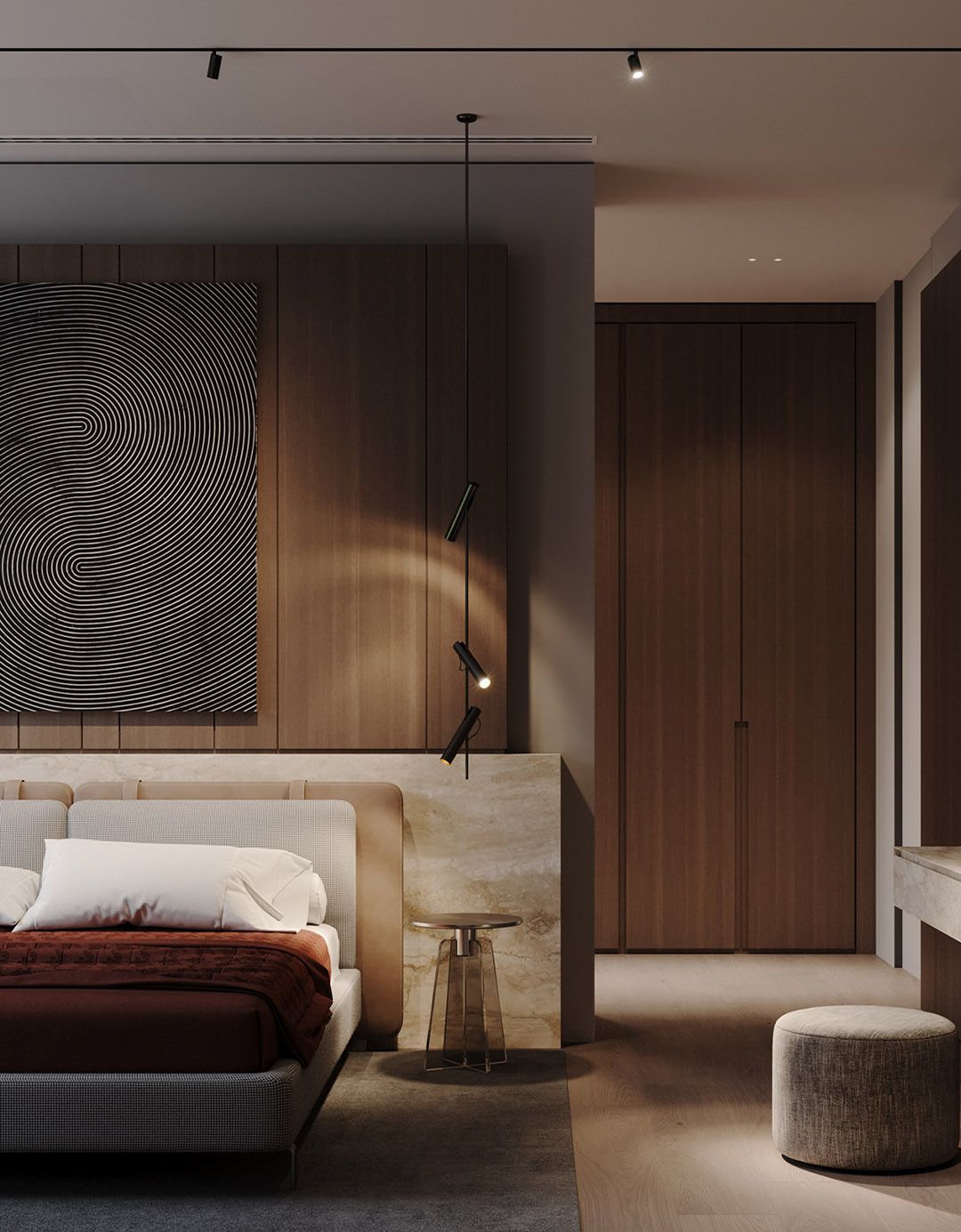
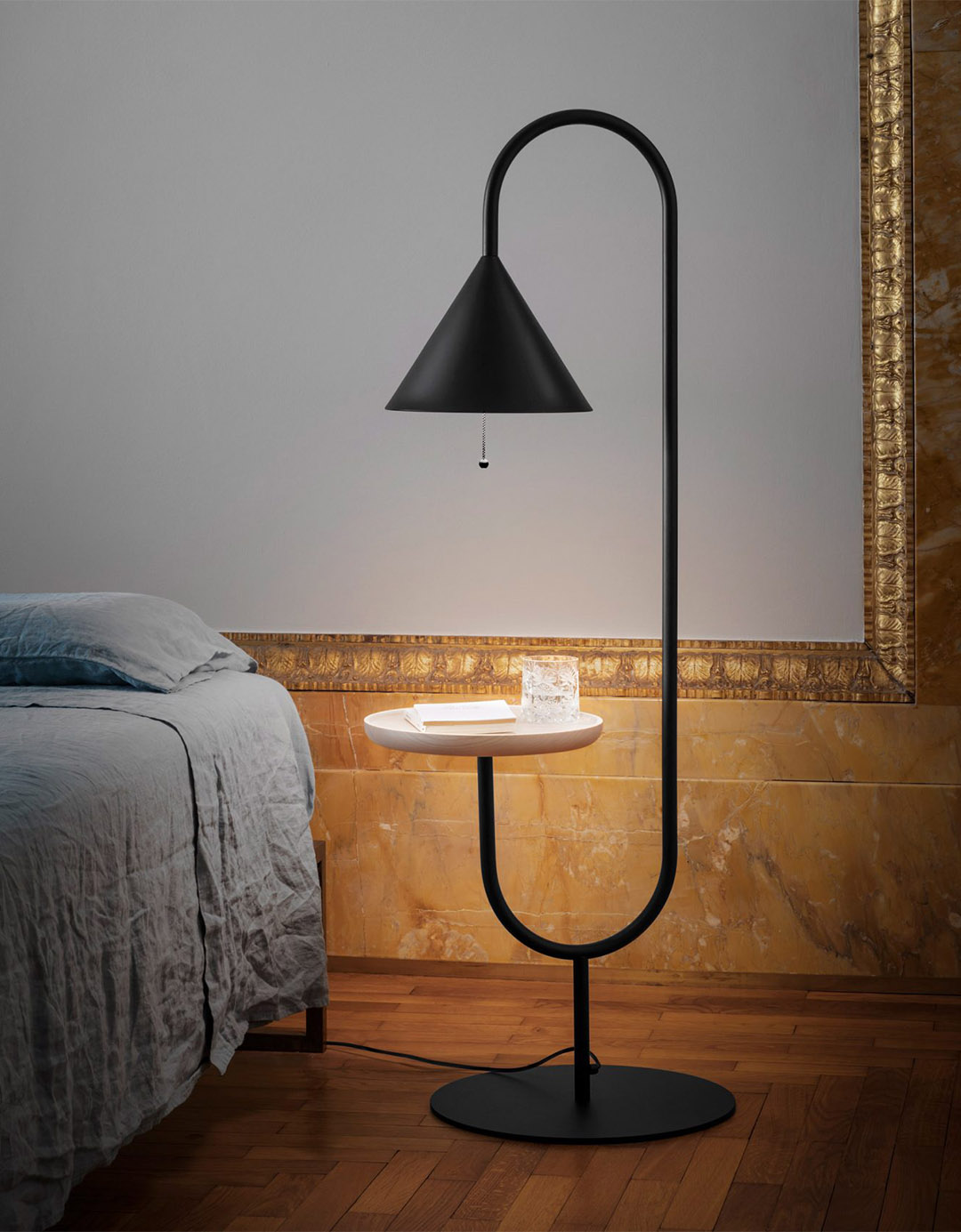
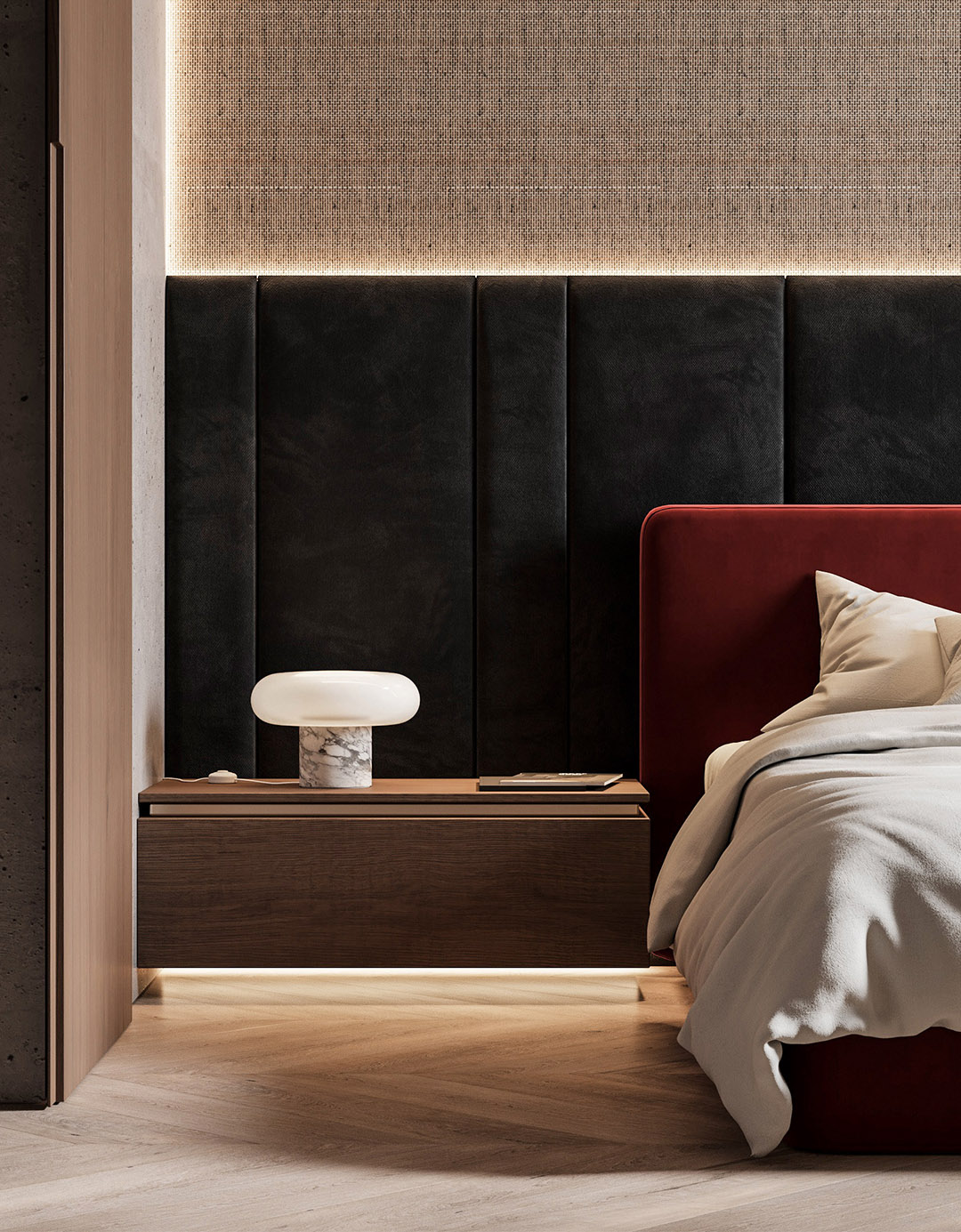
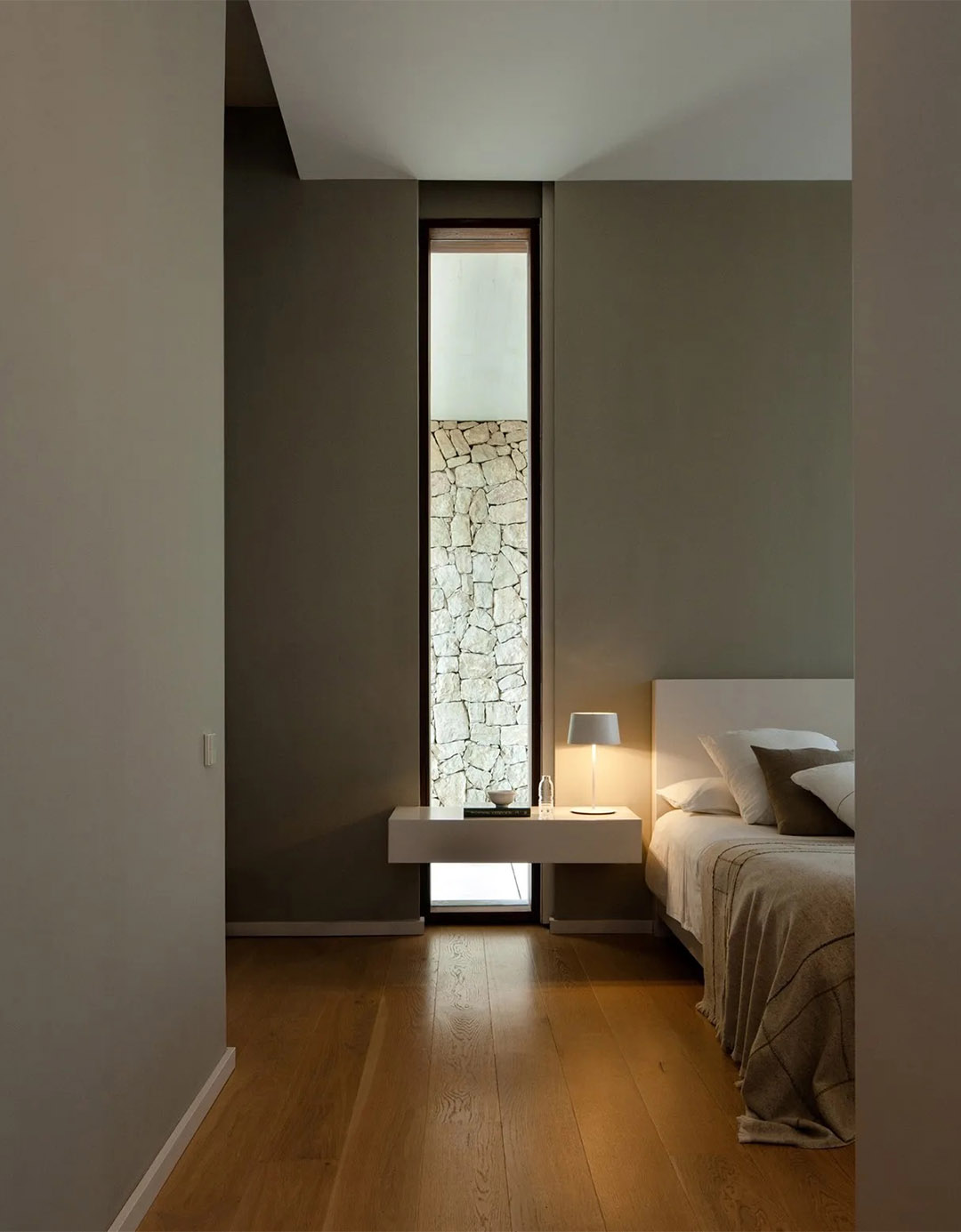

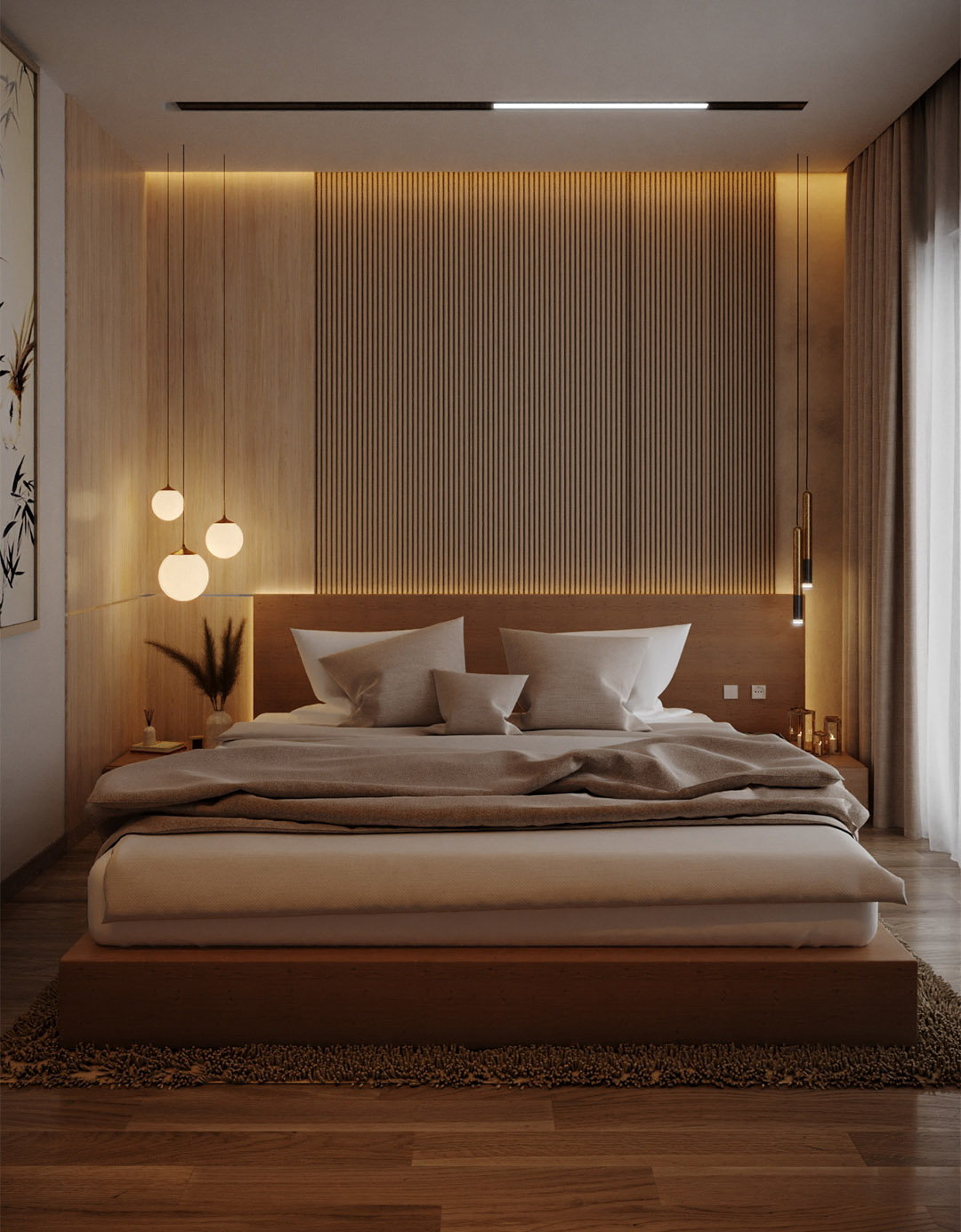
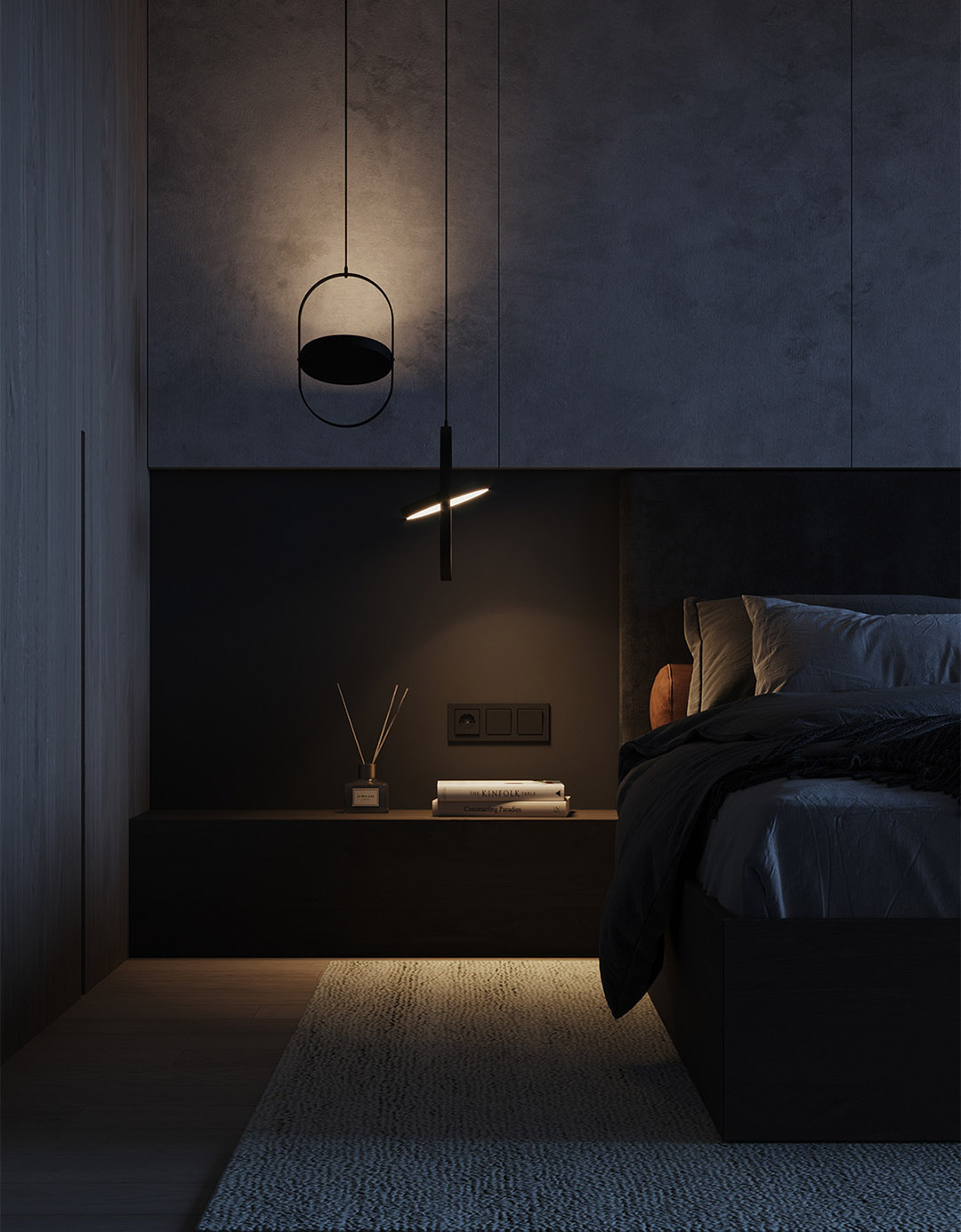
4. Illuminating cabinet interiors and décor
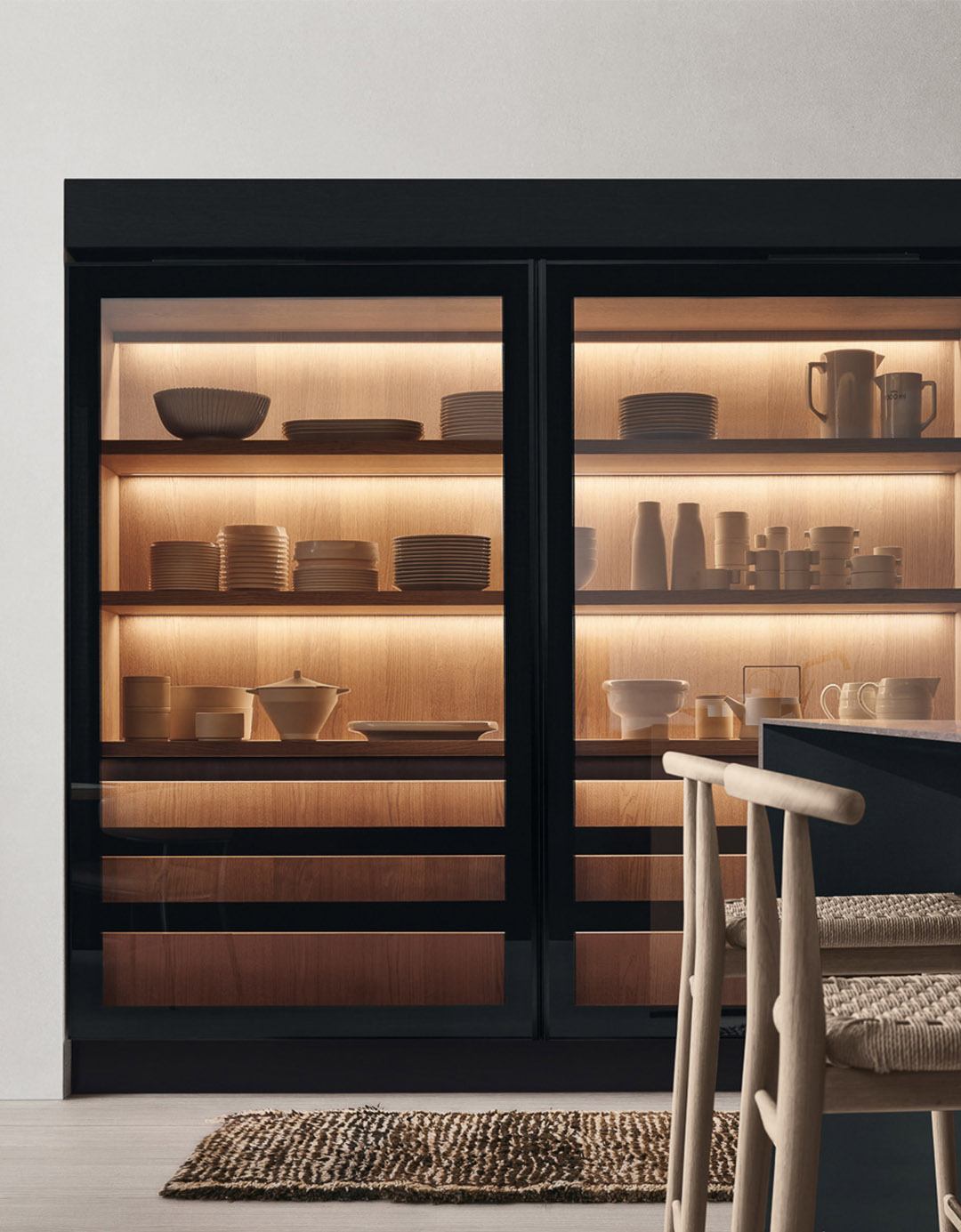
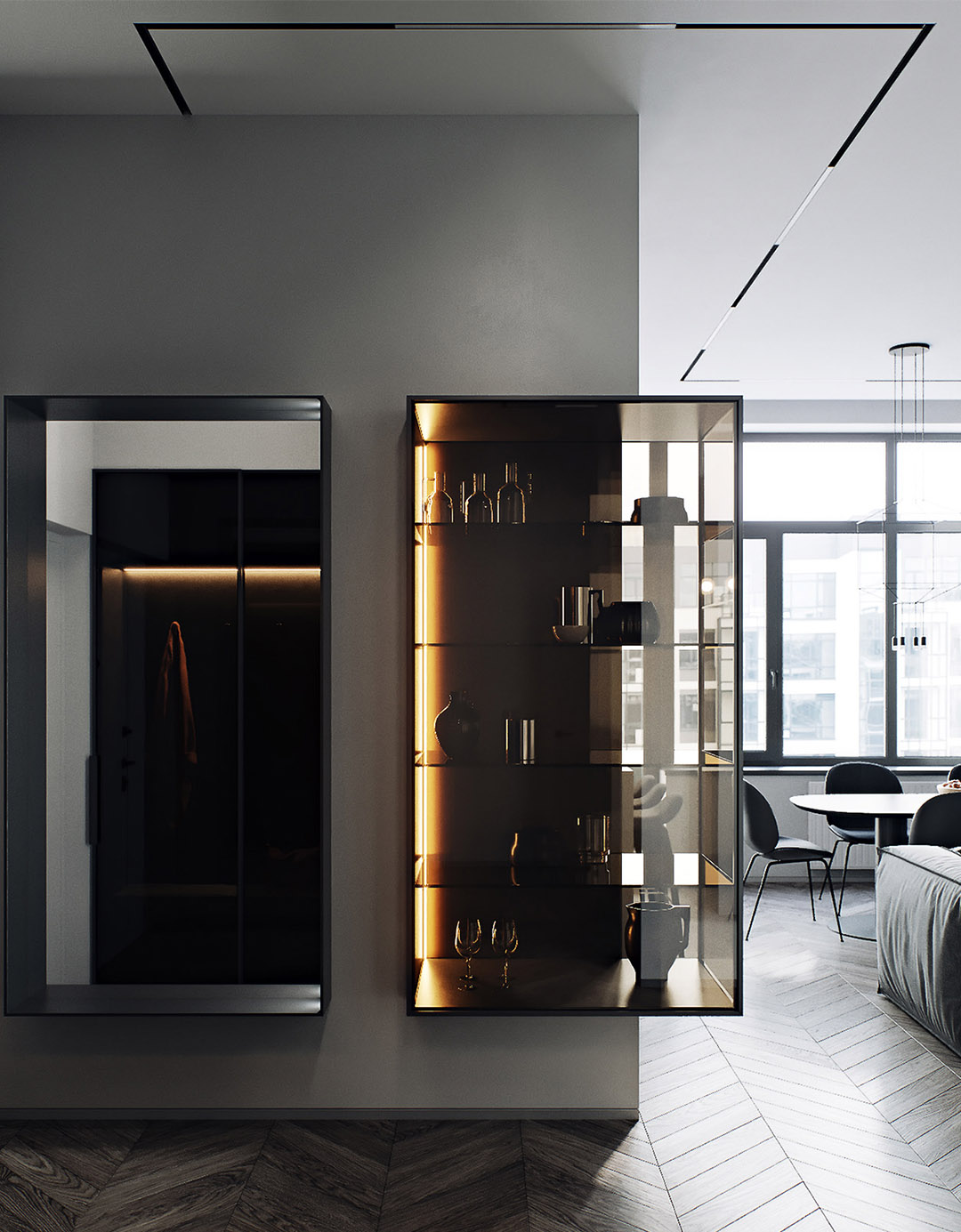
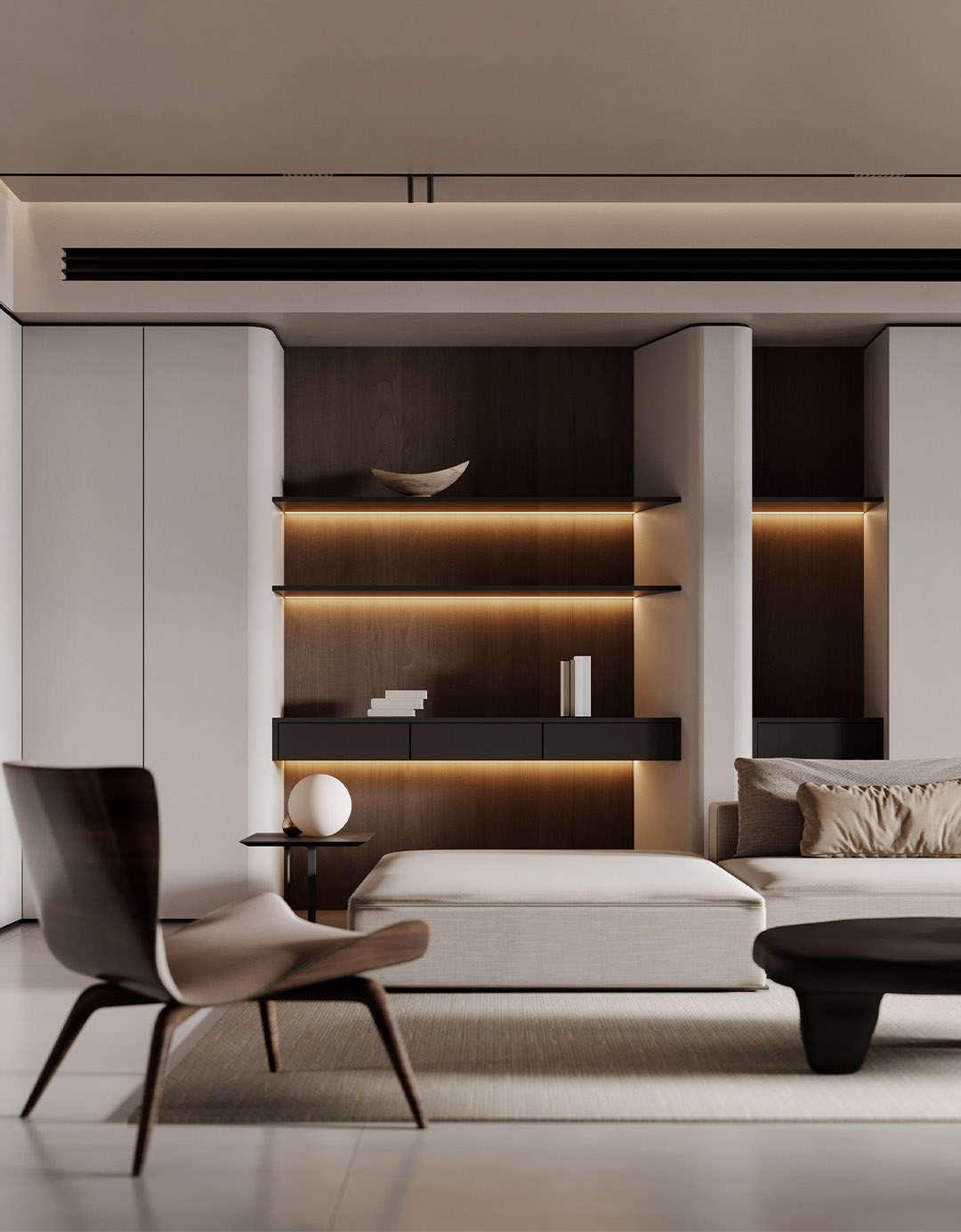
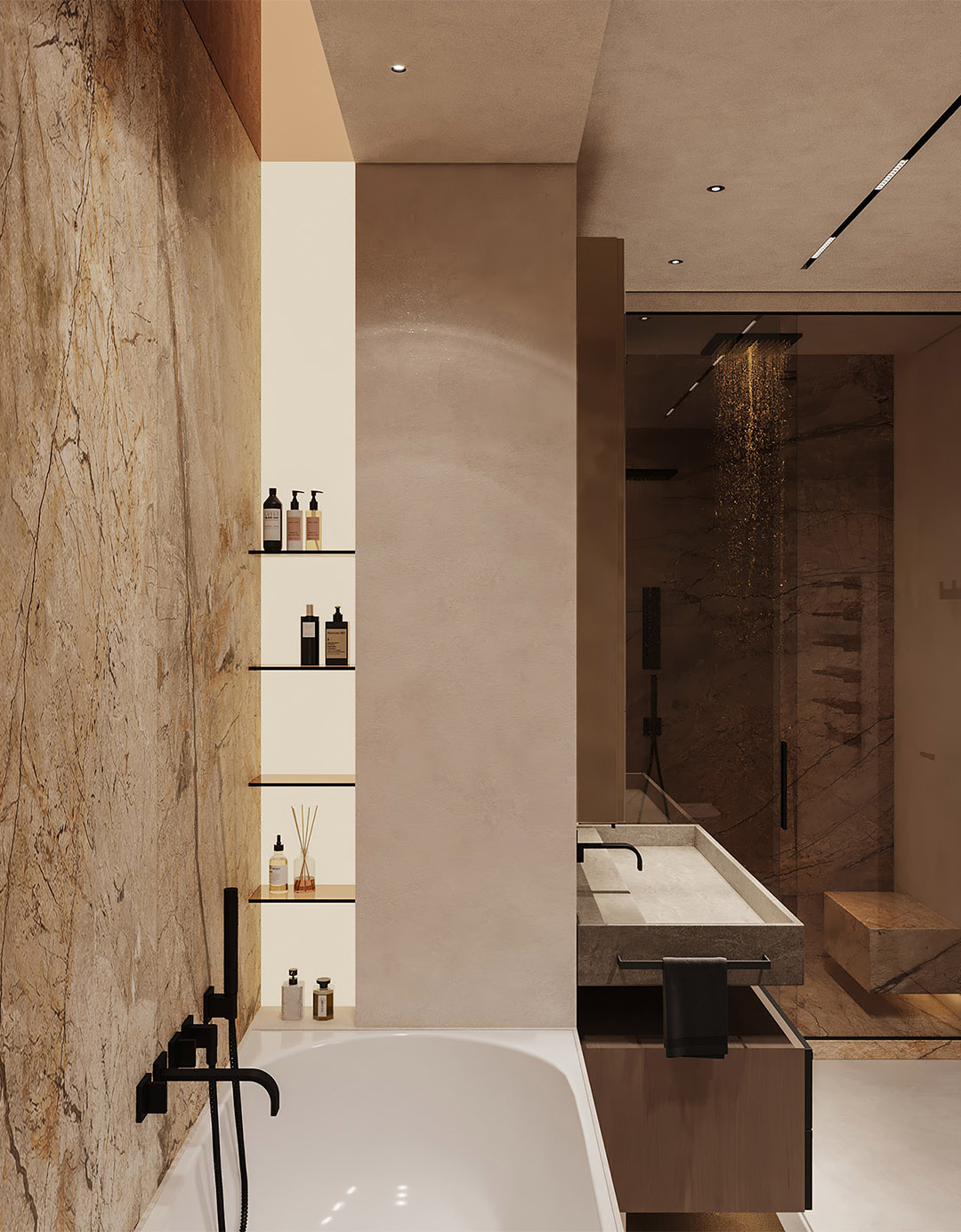
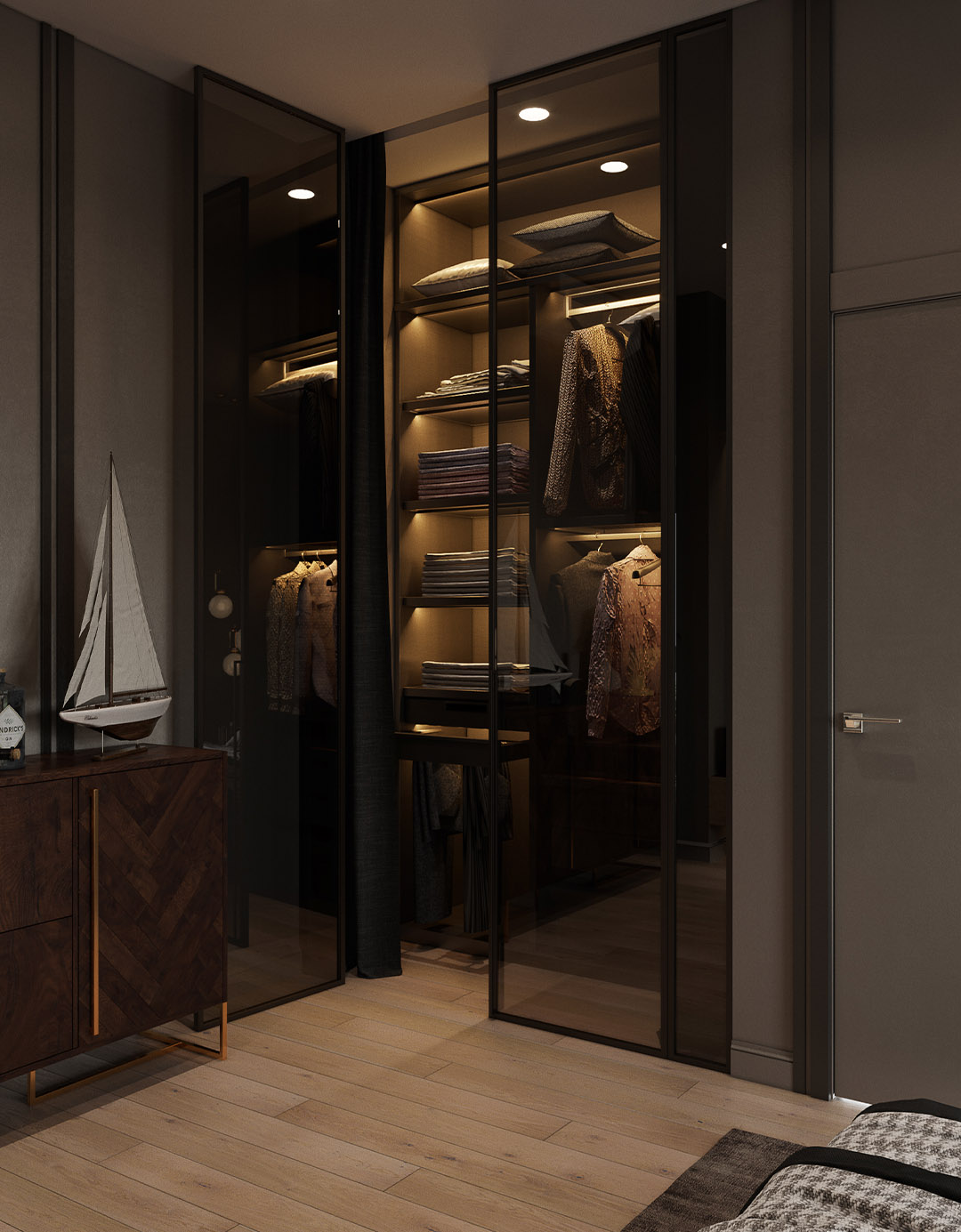
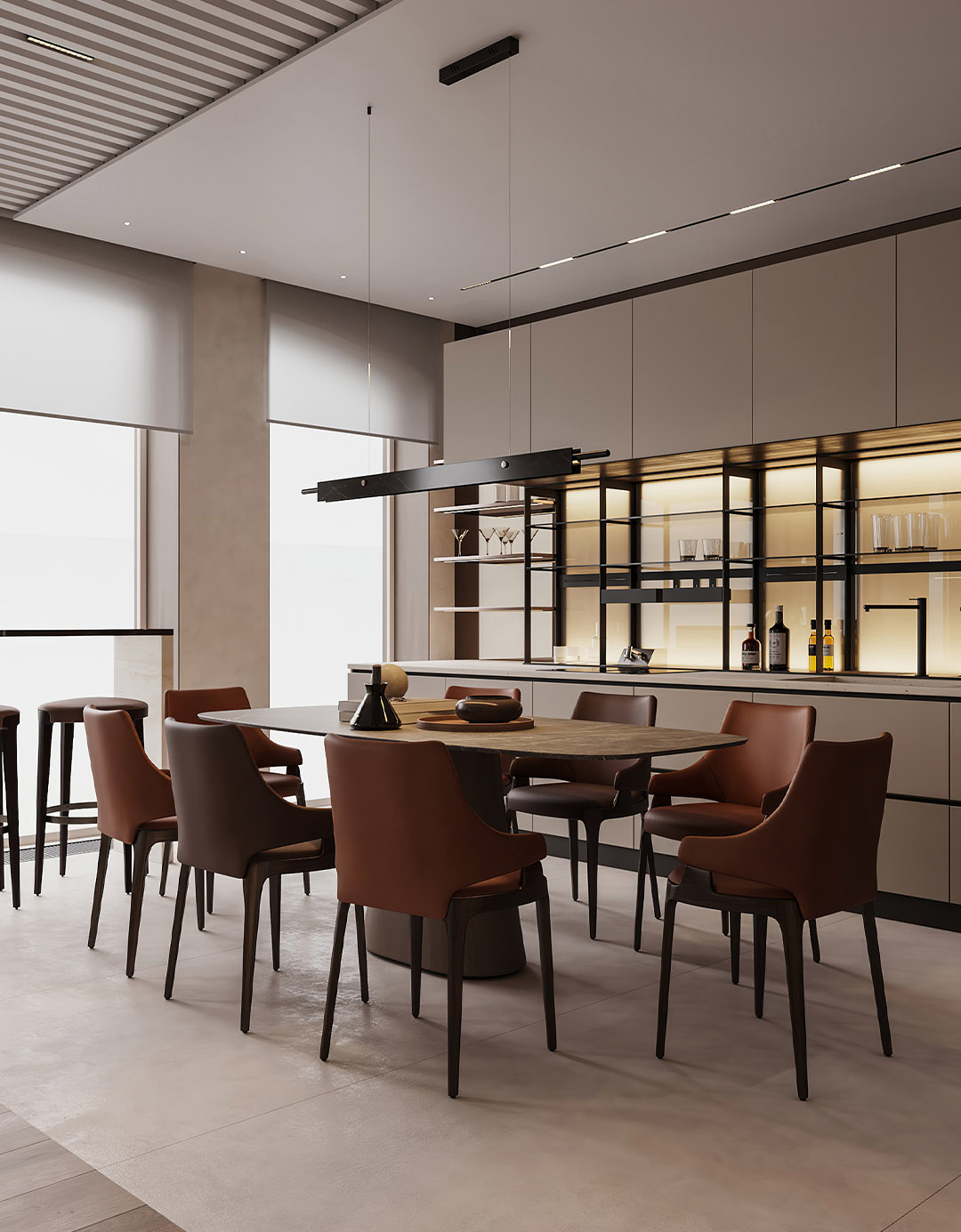
Glass cabinets, wall niches, shelves and kitchen cabinets can be made more functional if equipped with lighting, but they can also enhance the cosiness of areas such as the bathroom and kitchen.
In a glass display cabinet, small battery-powered recessed lights highlight precious crockery and make glassware and crystalware glow. In a bathroom niche, led lights help to create an intimate and cosy atmosphere, which is especially ideal for the shower and bath area. In-cabinet lighting is also an important feature, though it is used for functional rather than aesthetic reasons.
A kitchen where ambient lights cast shadows on the cooking space can benefit from under-cabinet lights mounted under cupboard units, which brighten up work surfaces. If the kitchen backsplash is made of tiles, marble or glass, it is even more important to avoid shadows in this area in order to highlight the backsplash pattern.
Finally, an original idea to give a more modern and sophisticated look to the living room is to use spotlights to illuminate plants in pots and cast the shadow of their silhouette against the wall. Alternatively, hanging grow lights above plants in dark corners creates interesting colour contrasts.
5. Outdoor
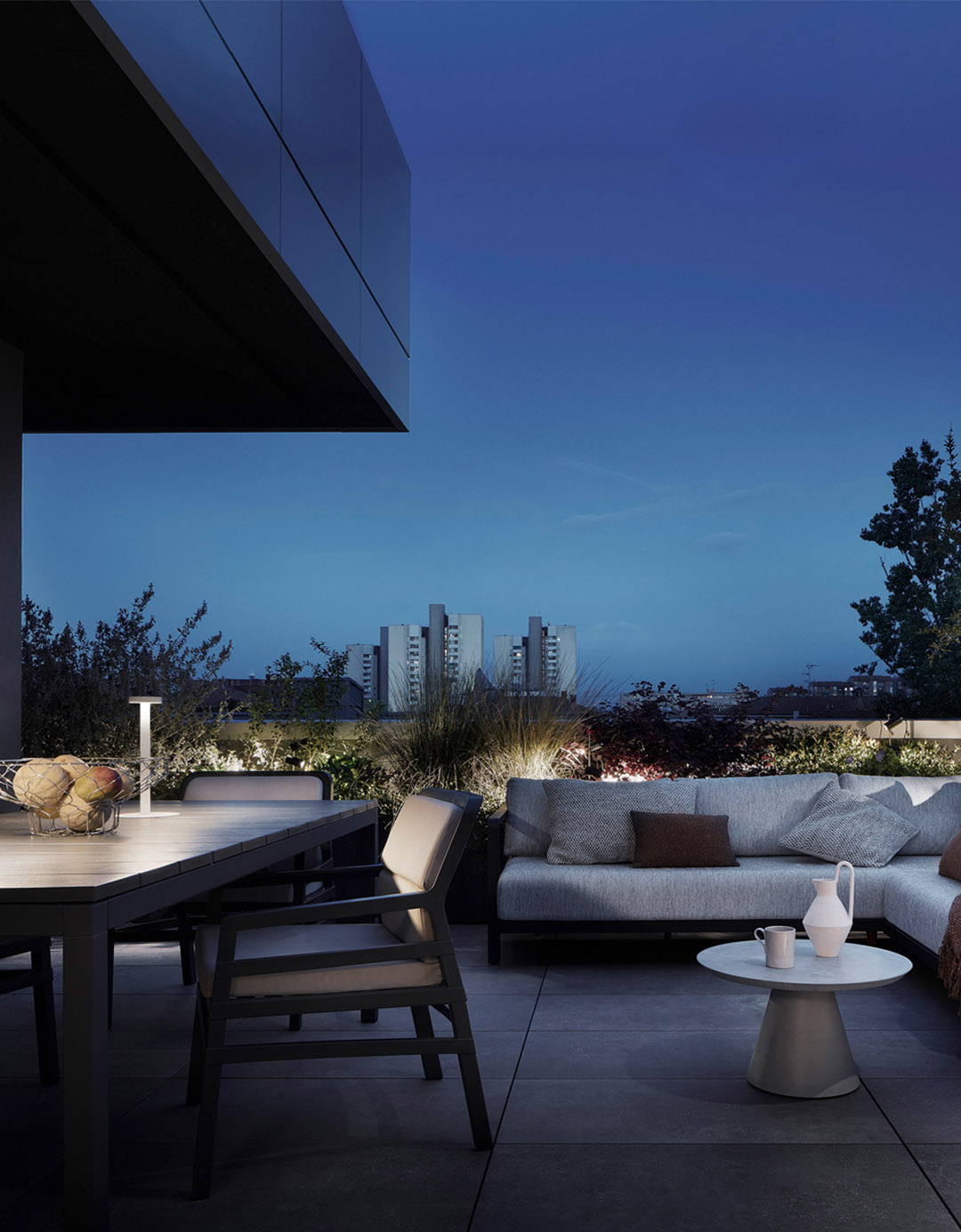
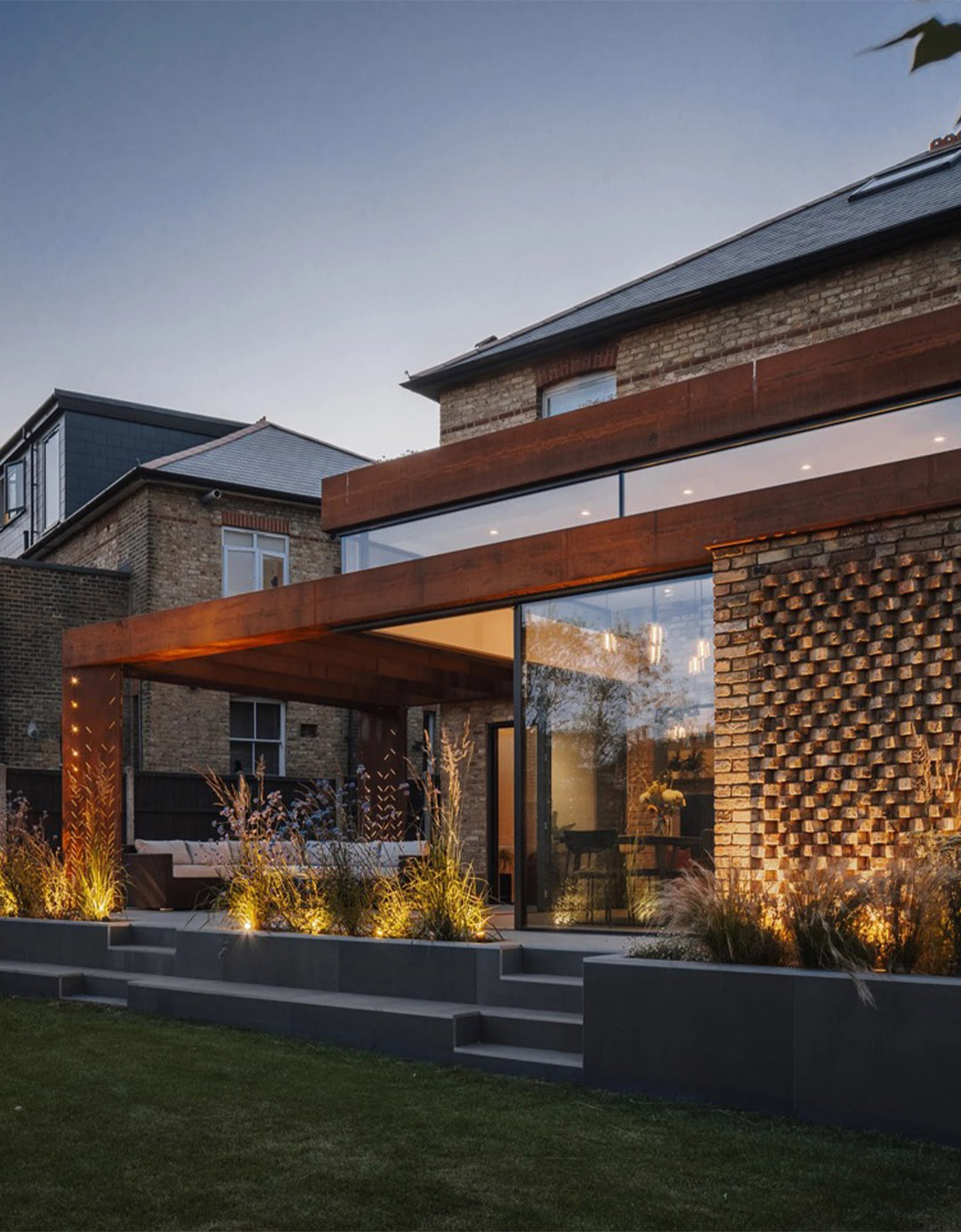
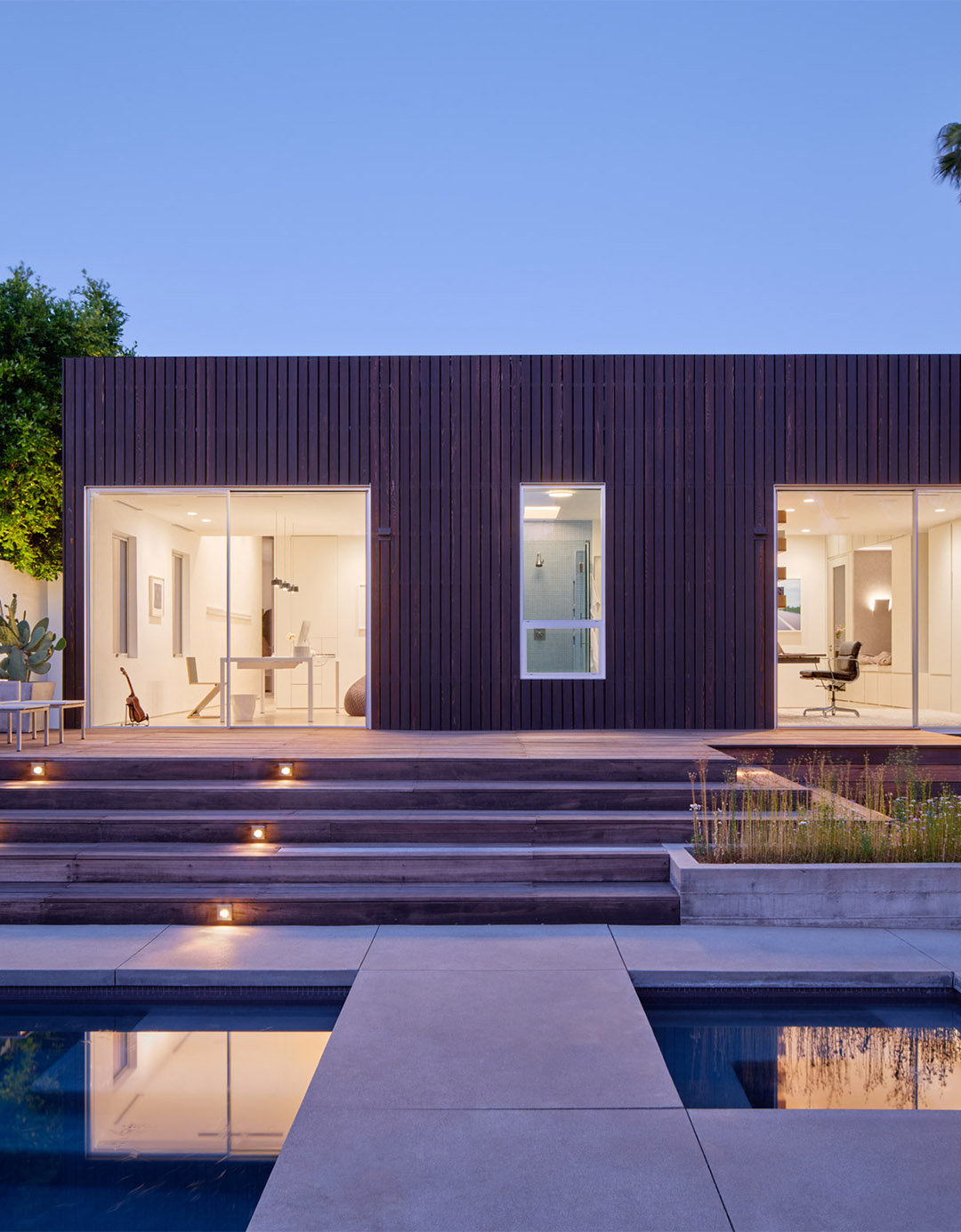
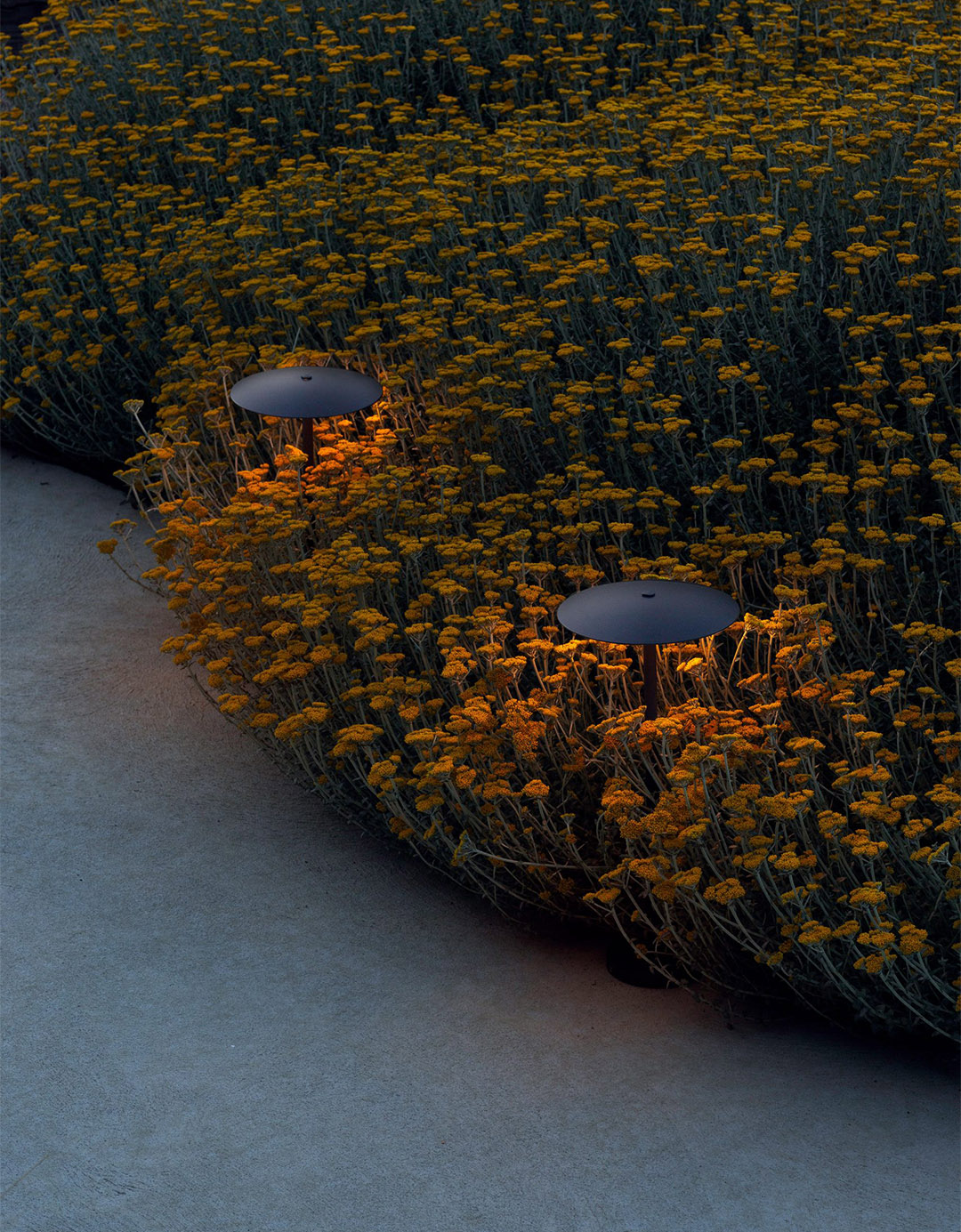
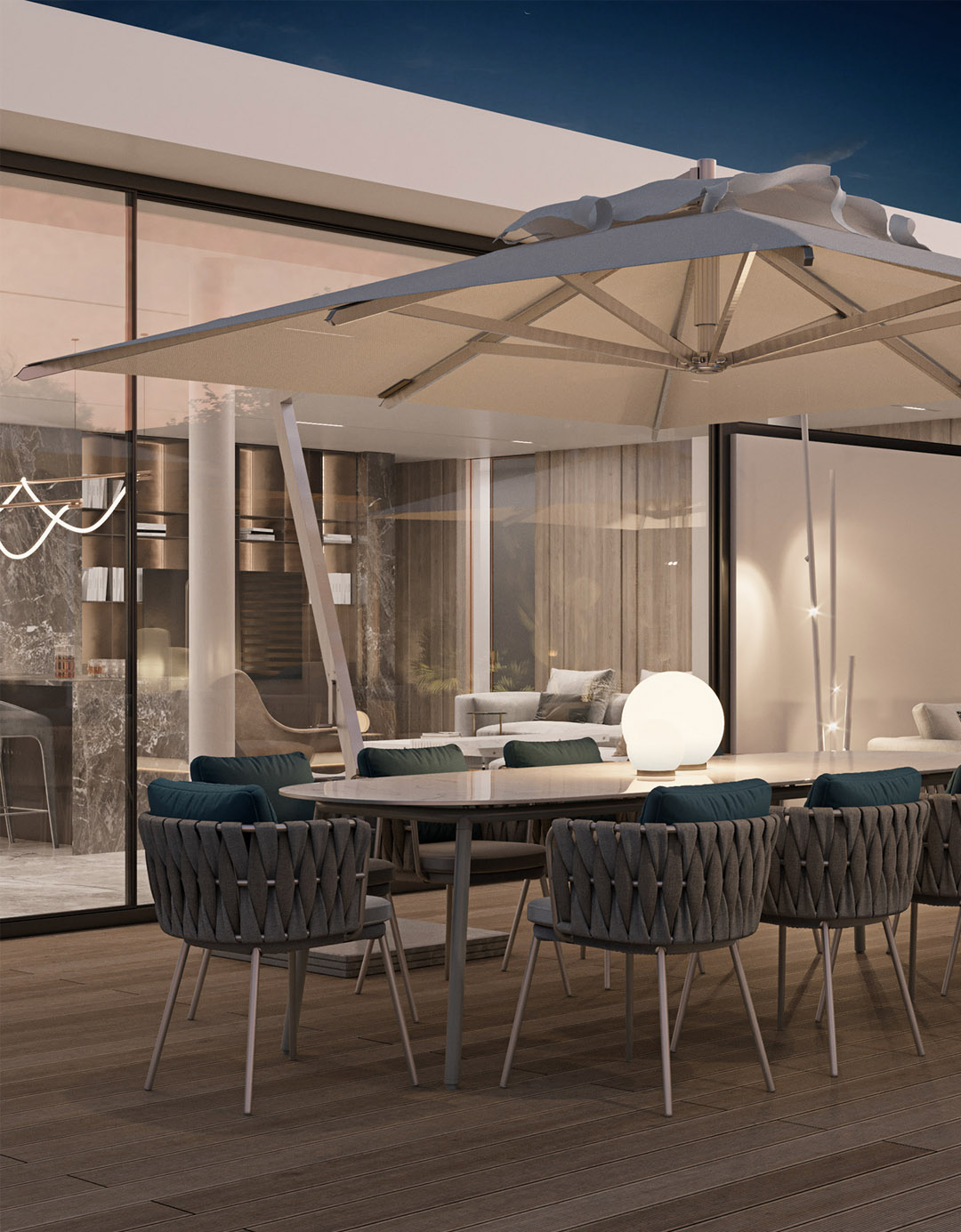
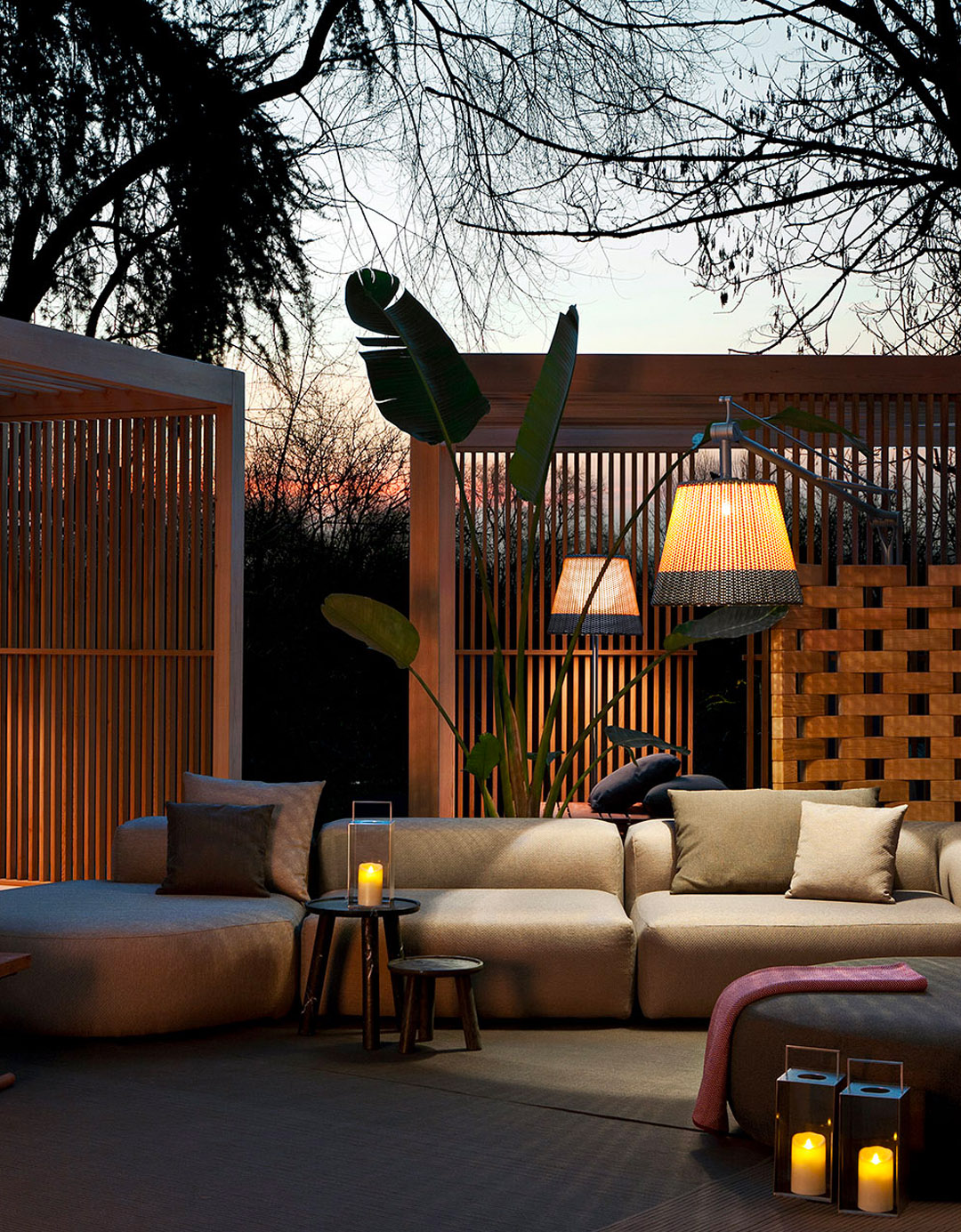
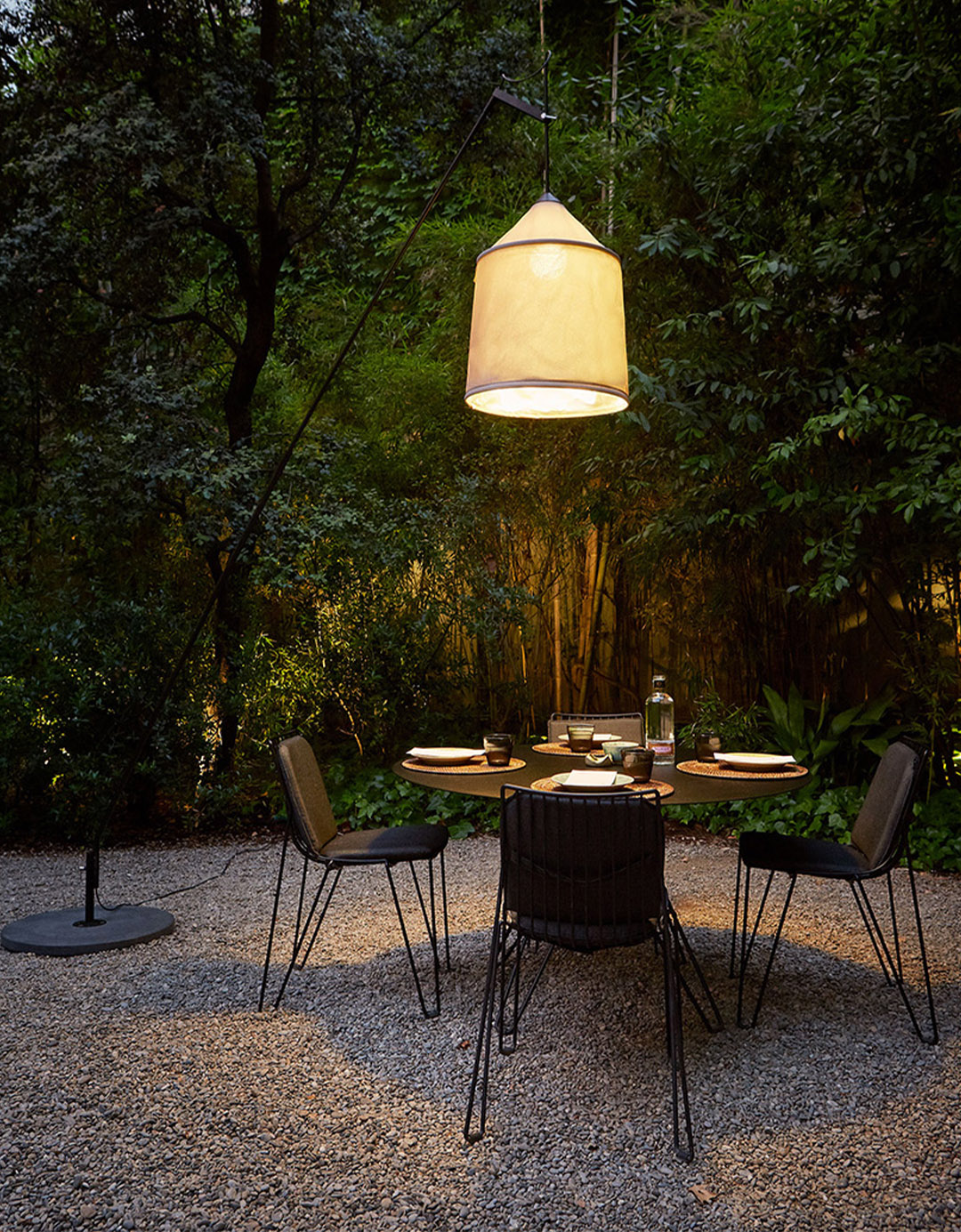
With the proper lighting, balconies, terraces, and gardens enhance the user’s experience of these areas, but can improve the aesthetics of the interior as well. Large windows separating the interior and a balcony or a garden add to the lighting and expanse of the interior room, making it look more spacious. If the exterior has plants, moreover, it creates a feeling of one continuous space that blends the house with nature.
There is much more to it than just spotlights: you can layer lighting outdoors too, combining lantern lamps, floor lamps, and solar-powered spike lights with built-in solar panels.
In the first picture by Thomas Pagani, for example, for example, is thoroughly enhanced by the use of Davide Groppi’s Tetatet table lamps, which have a built-in battery concealed in the head and whose essential style echoes the skyline. Exterior lights must have the correct IP rating – no less than IP44 for lighting a patio or a verandah and no more than IP65 for lighting a garden.
An outdoor area that includes small fountains can be made even more original by creating water and light plays that can be seen from indoors (since such lights are exposed to water, they should be at least IP68-rated).
